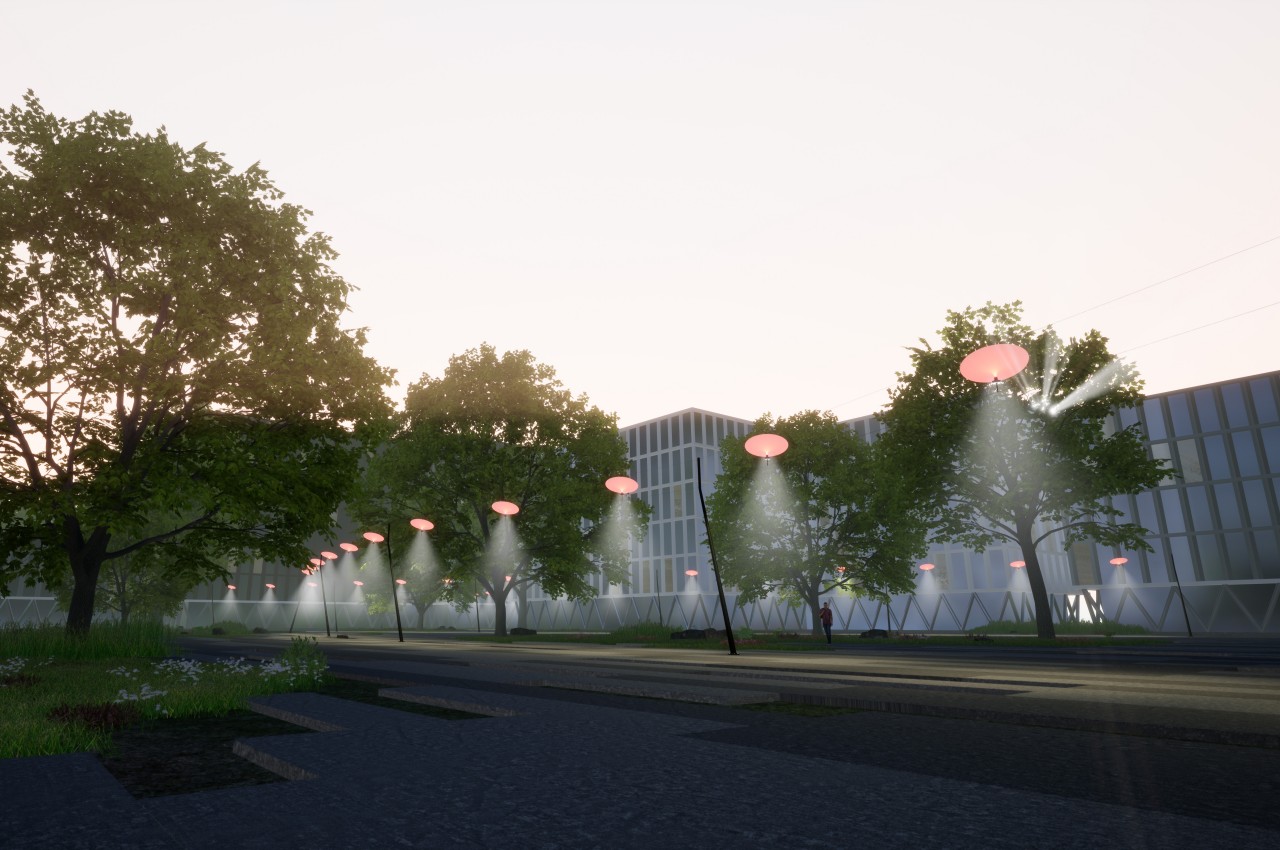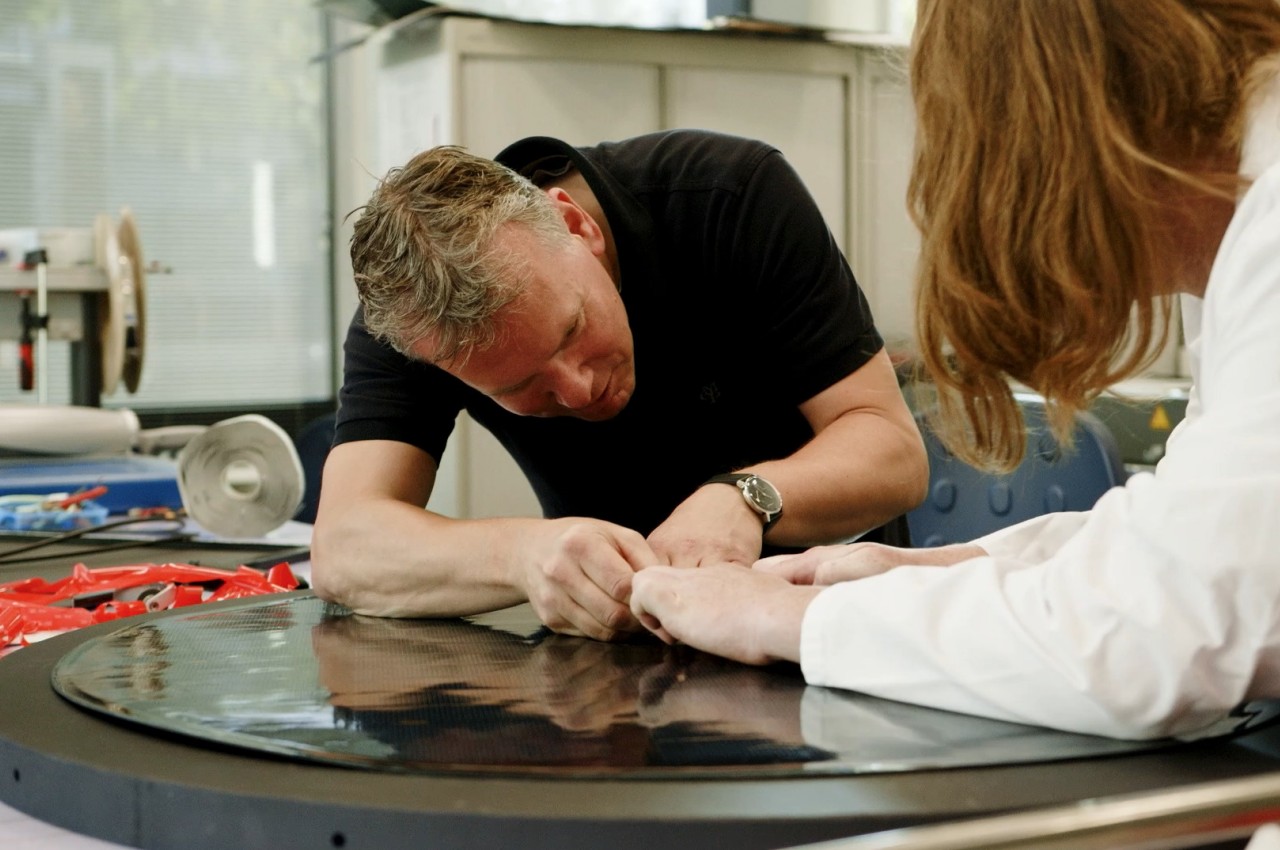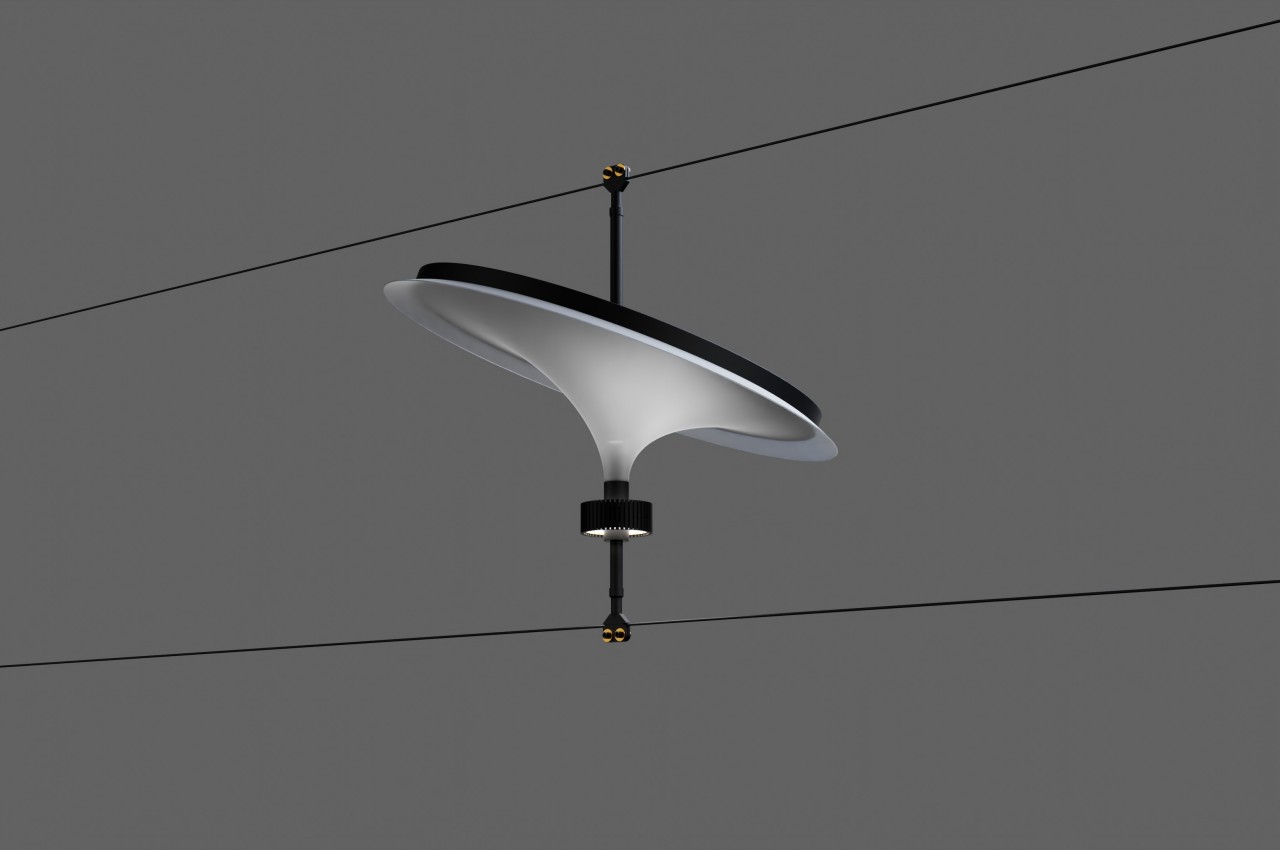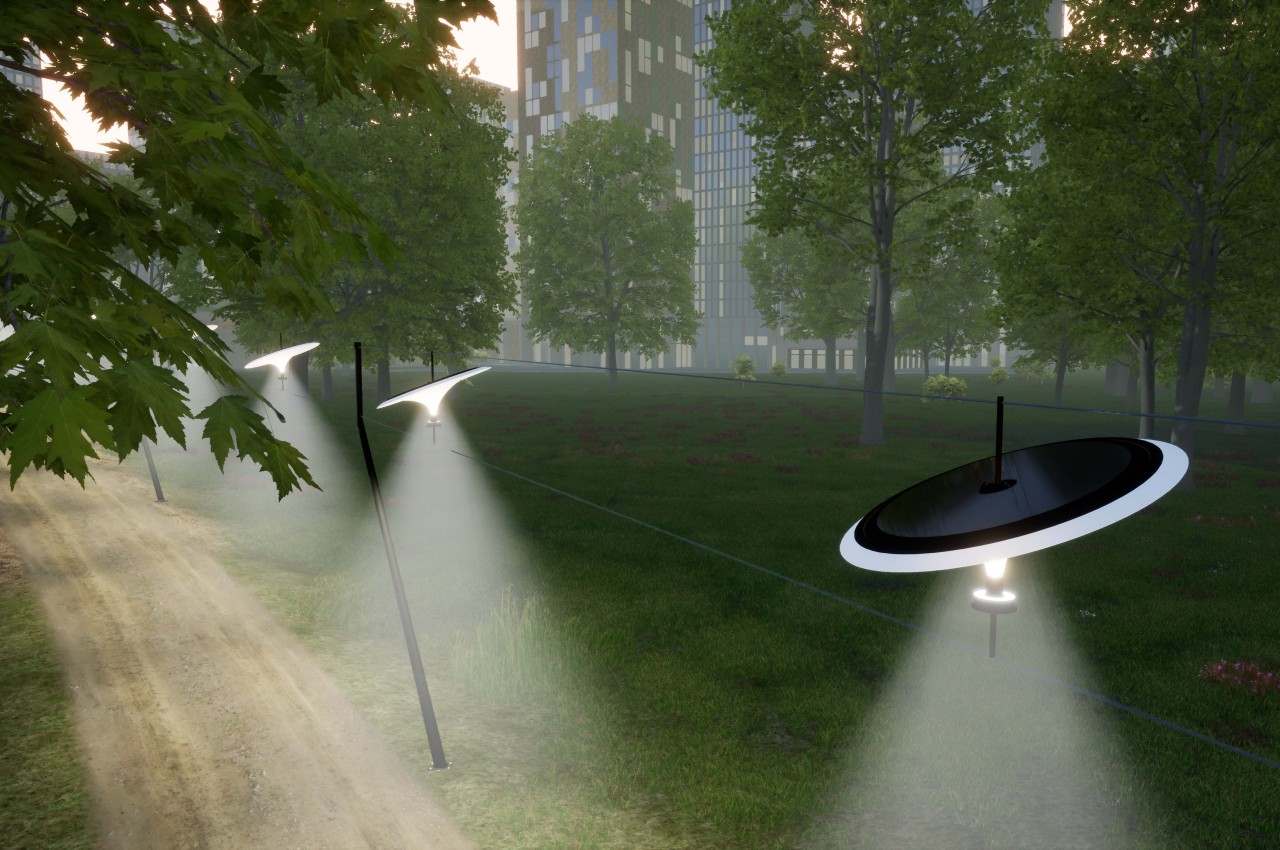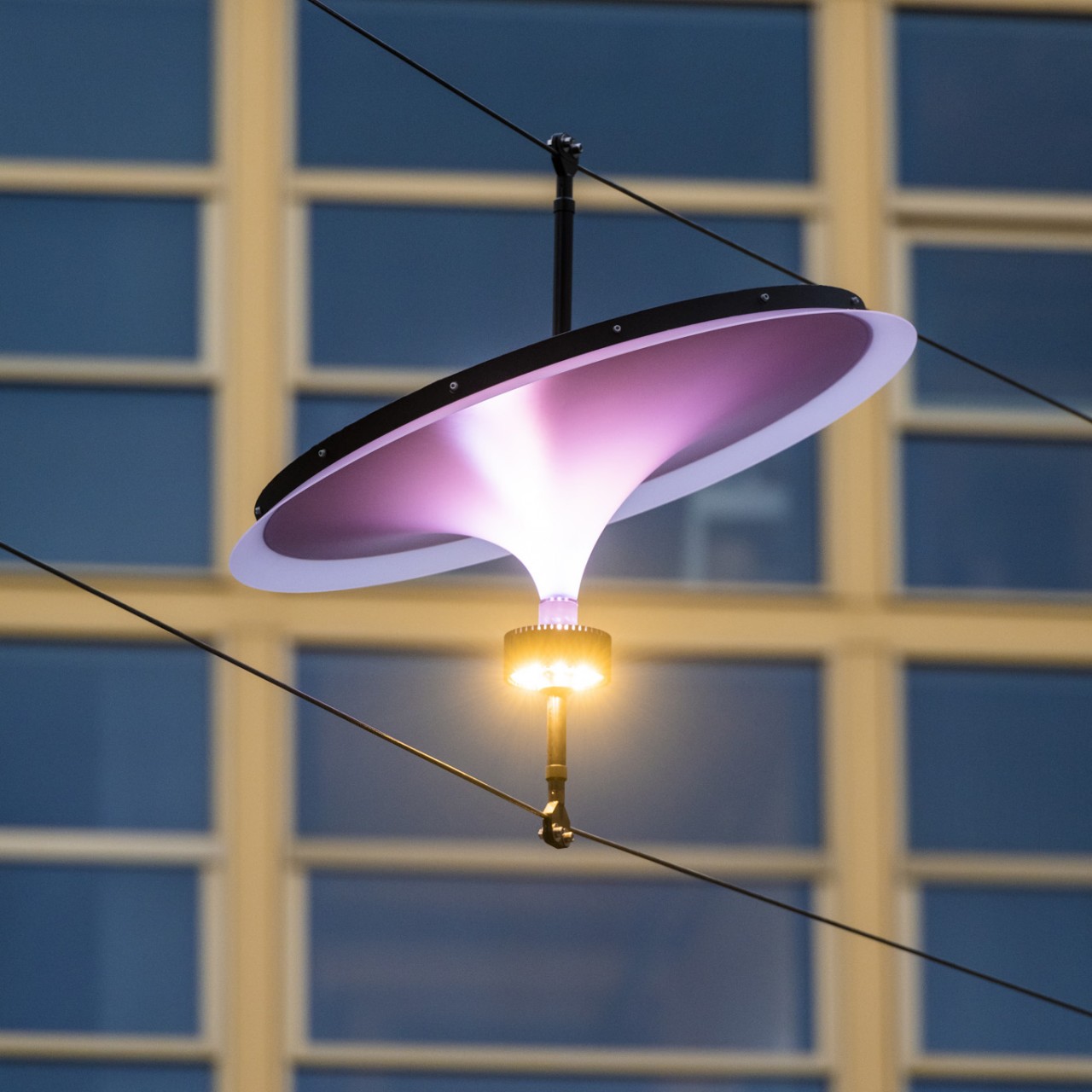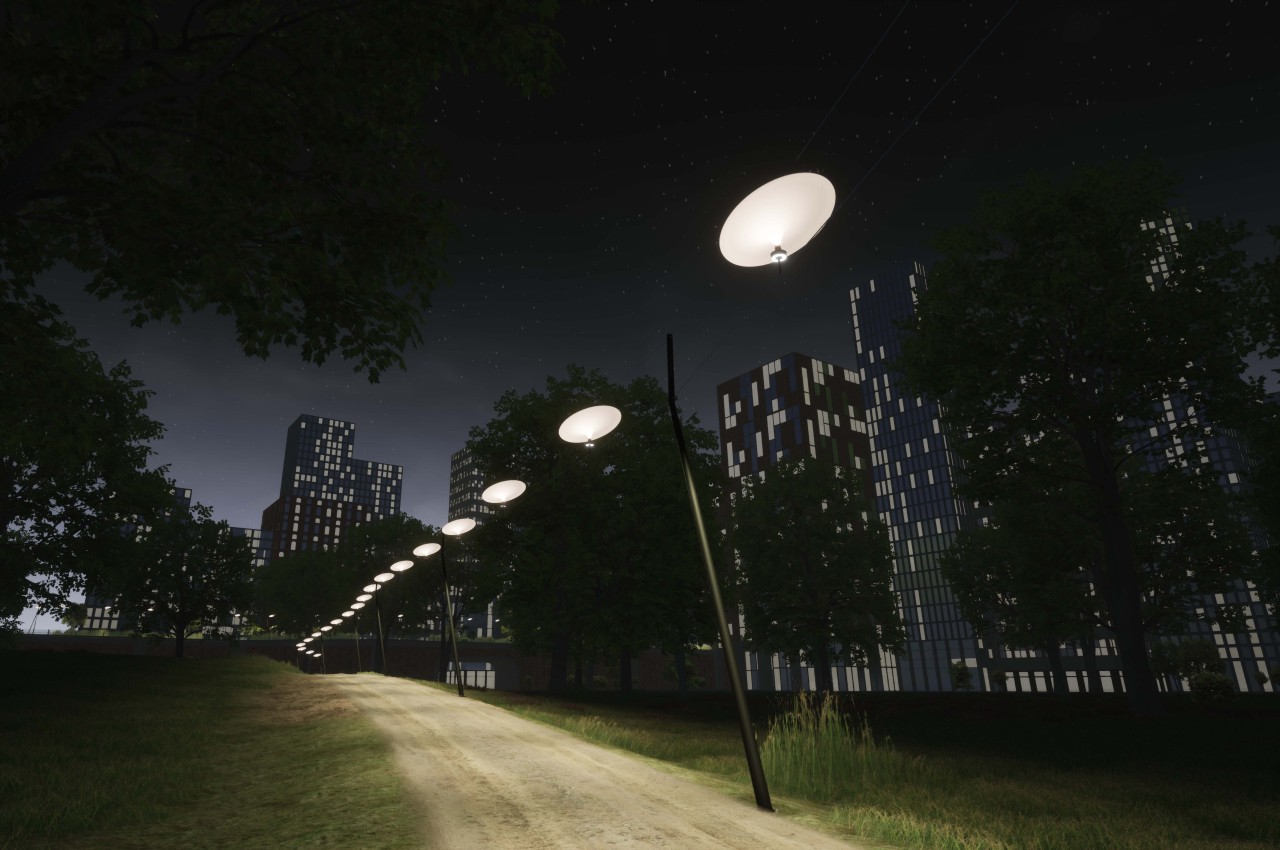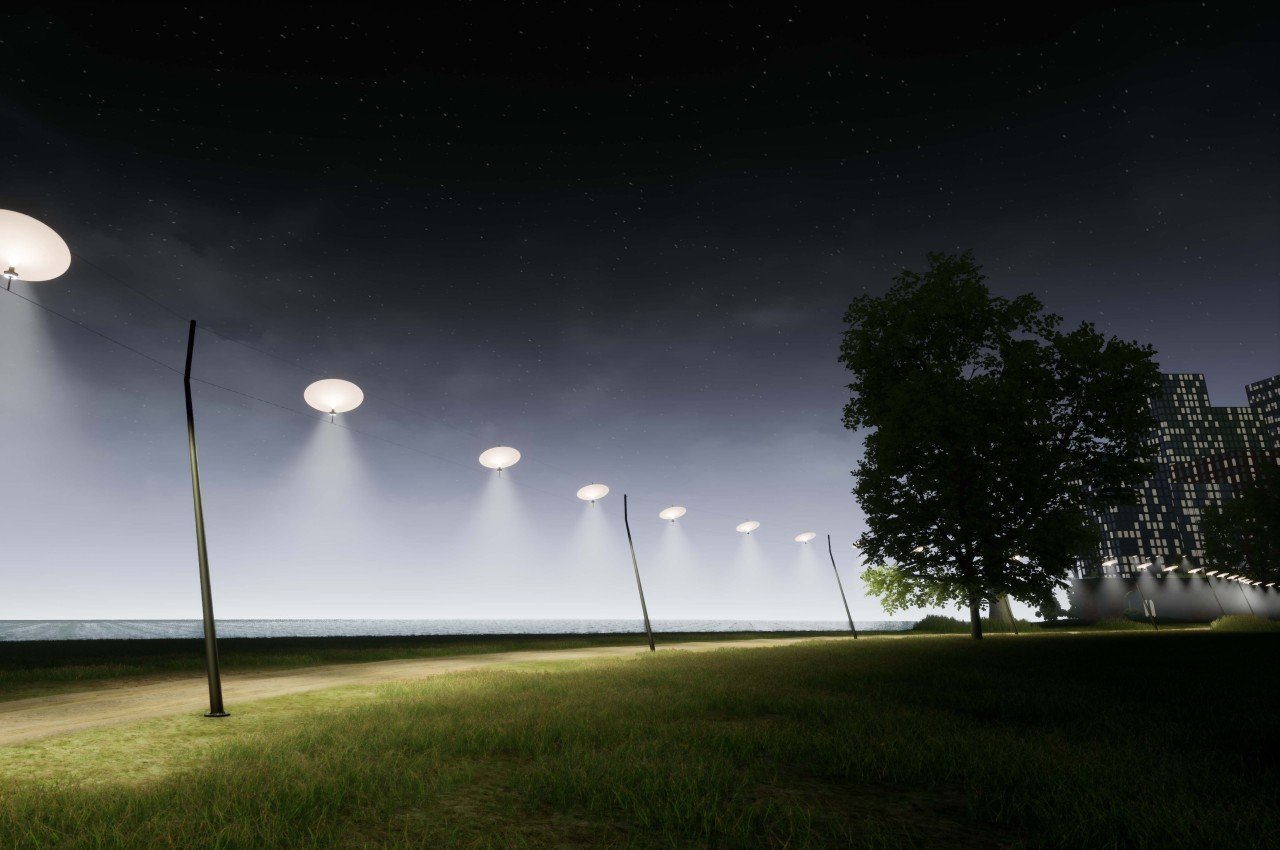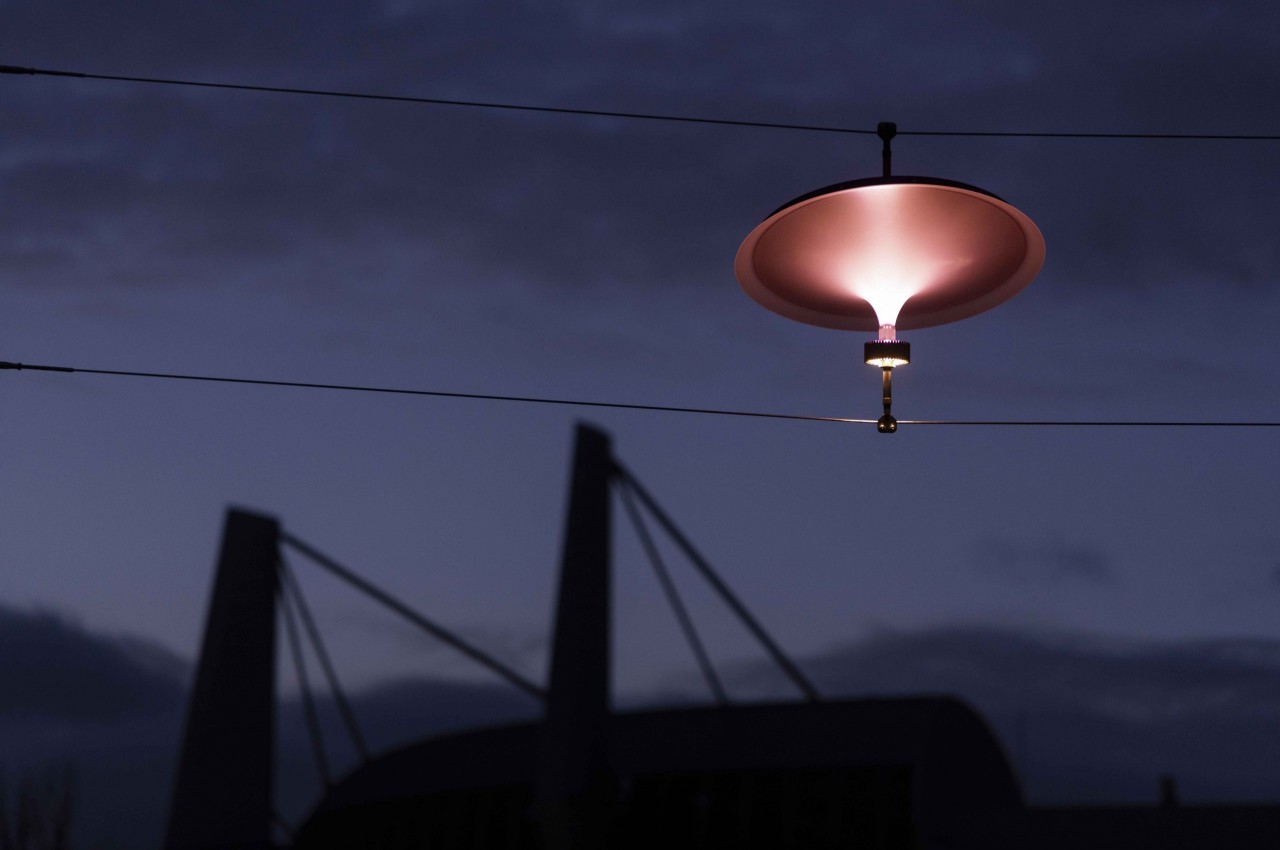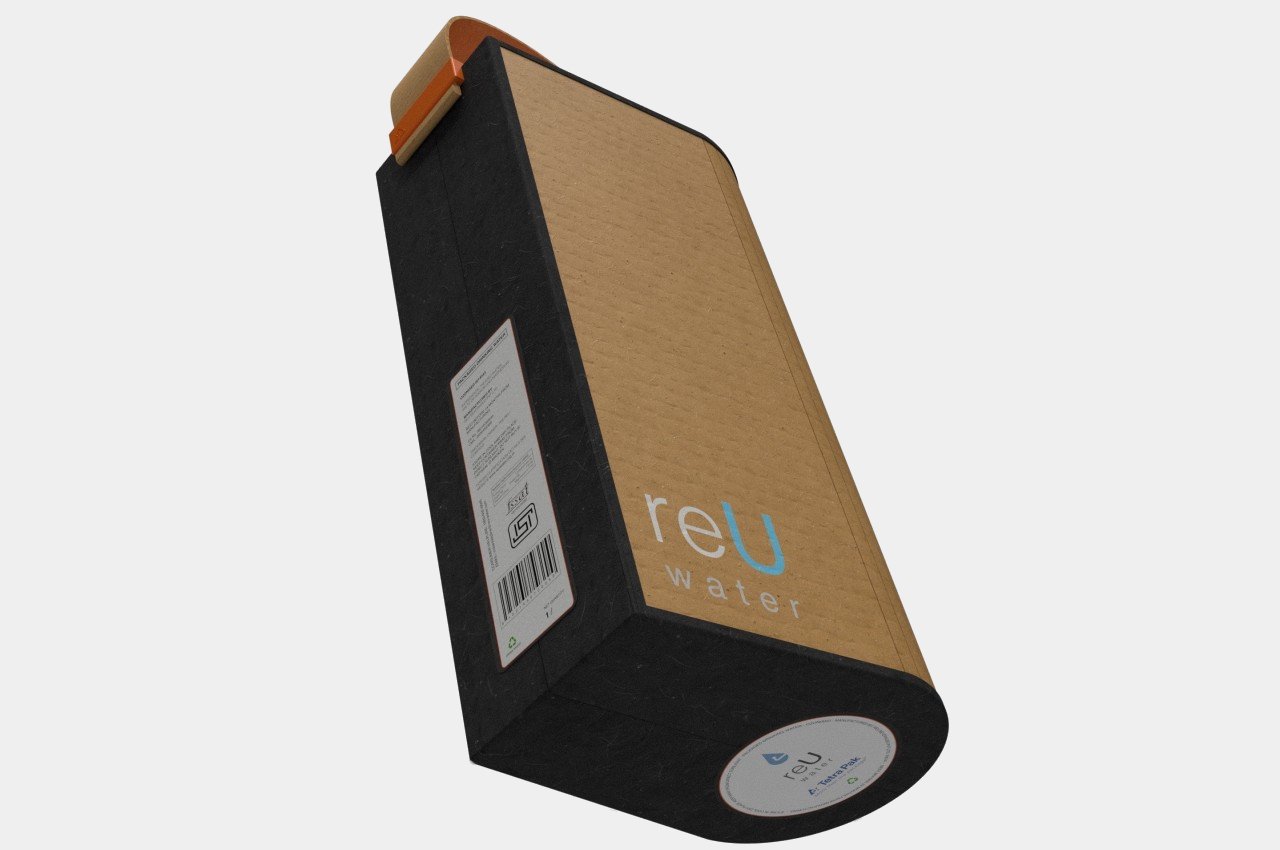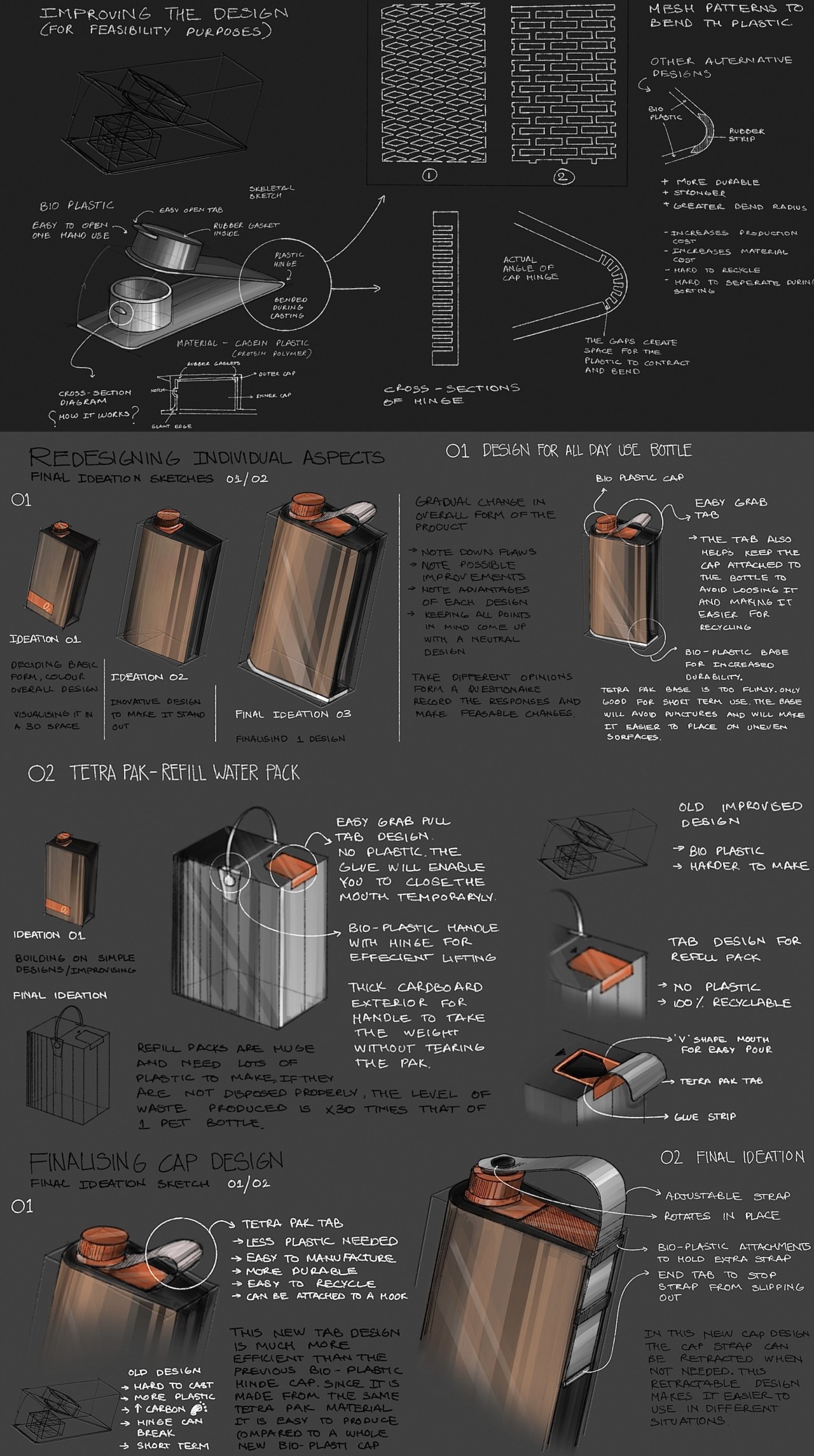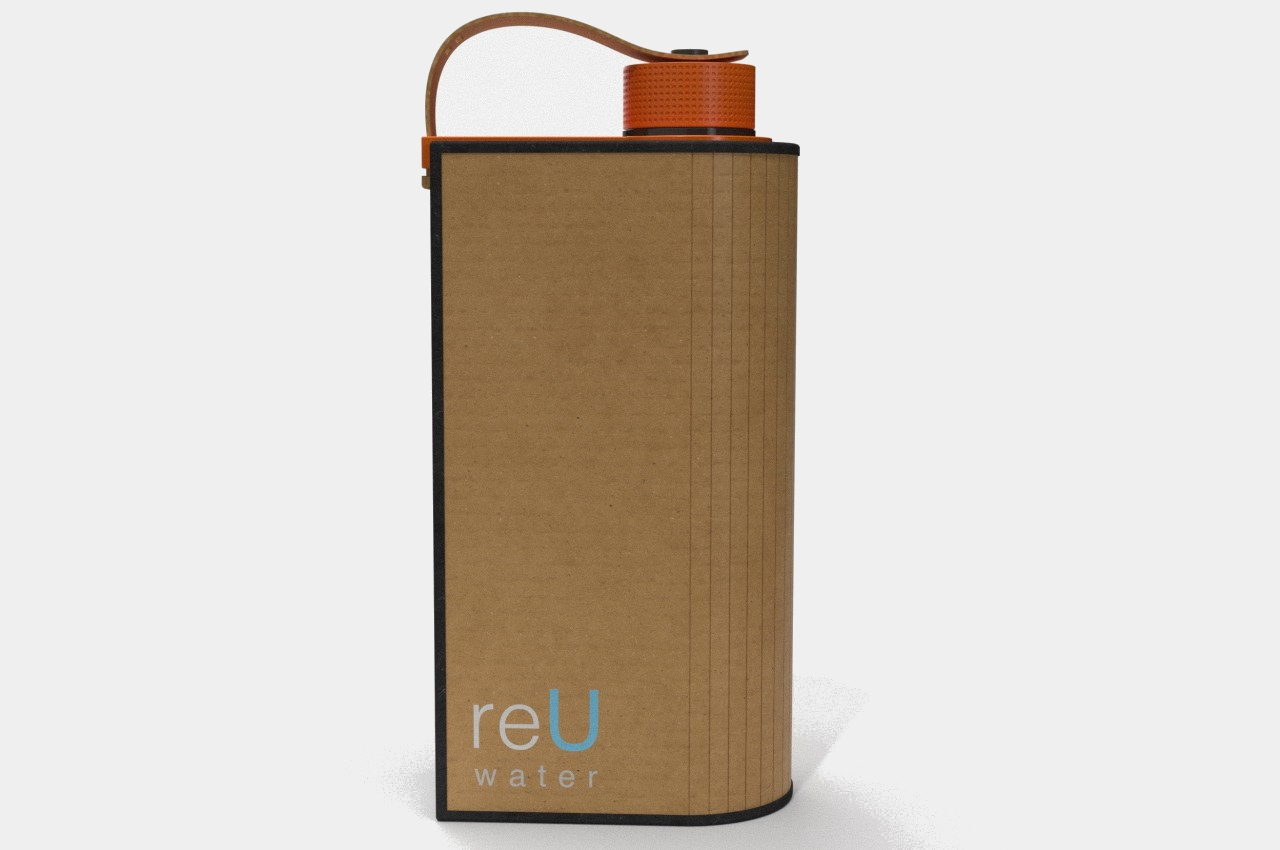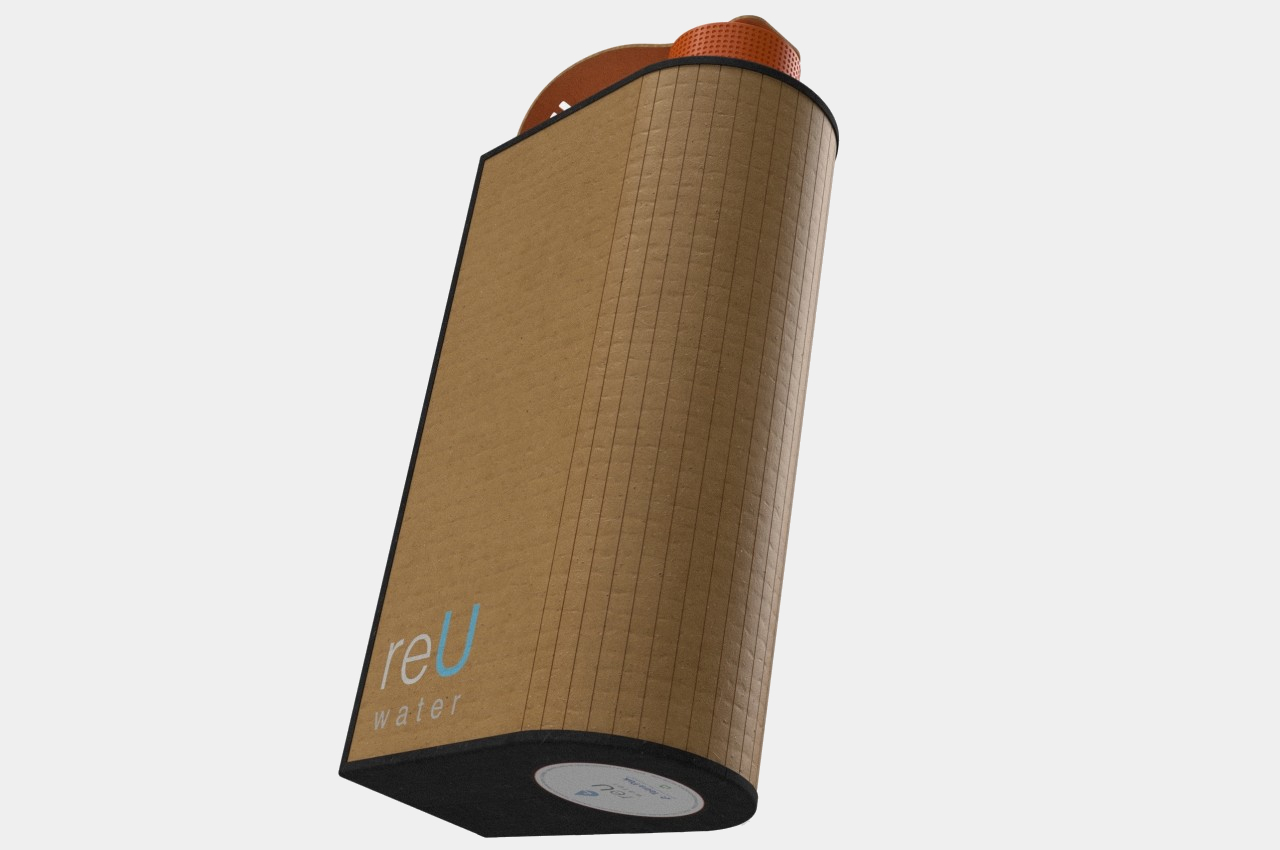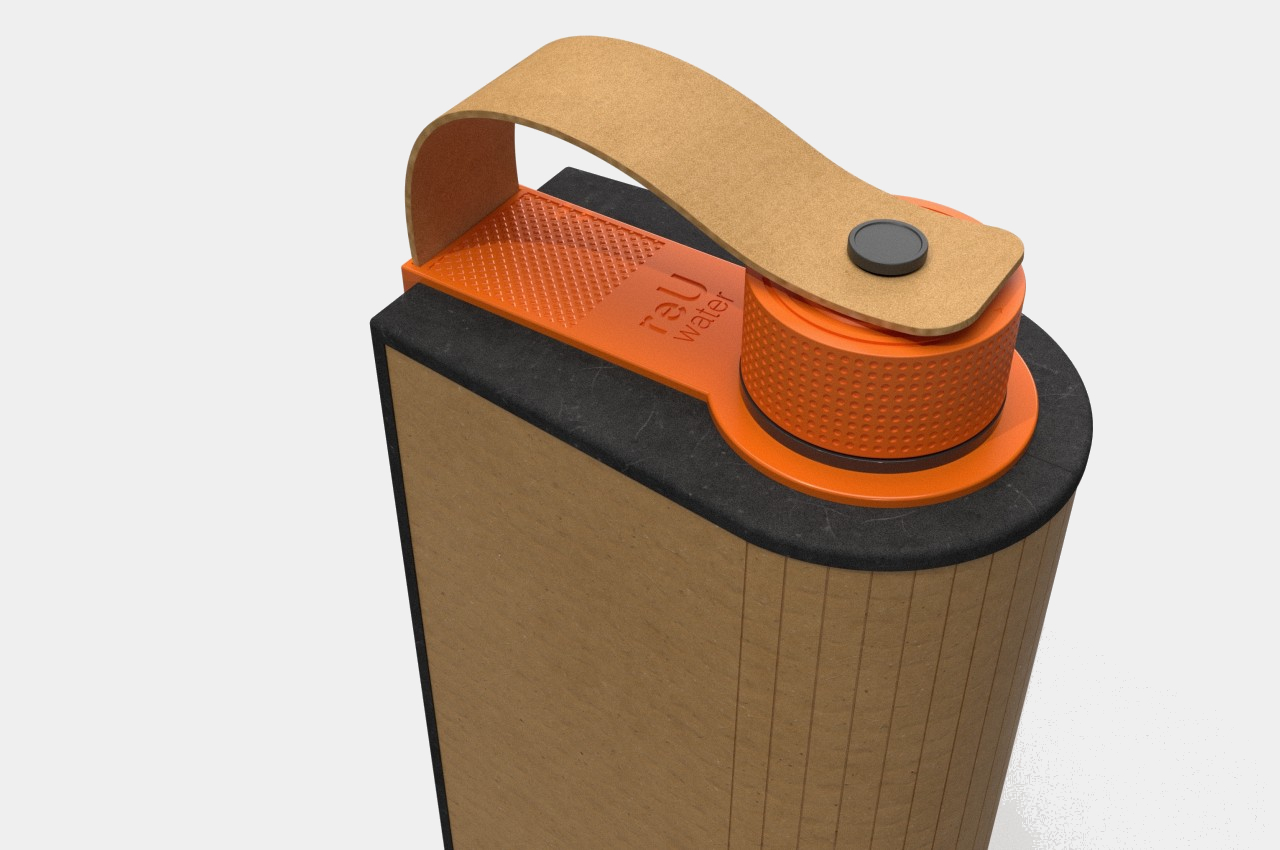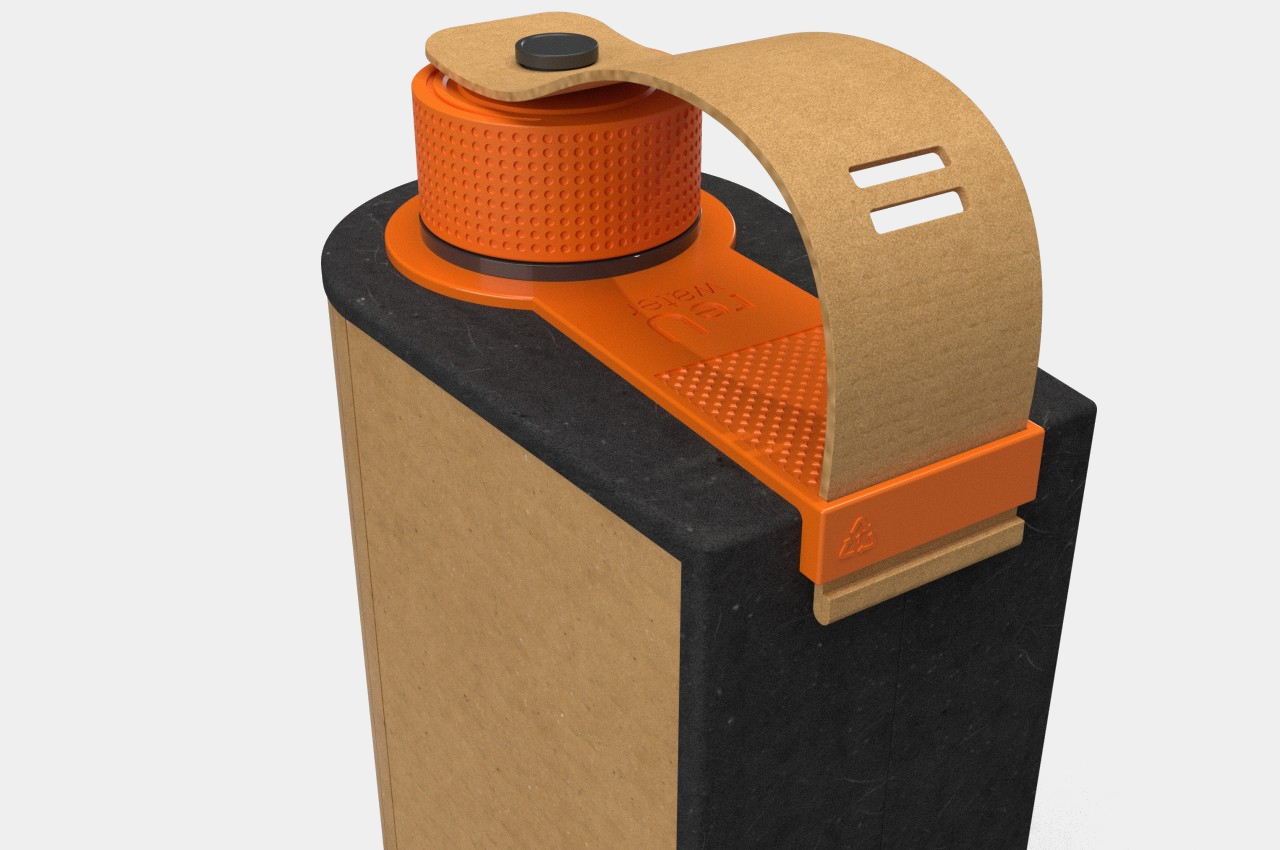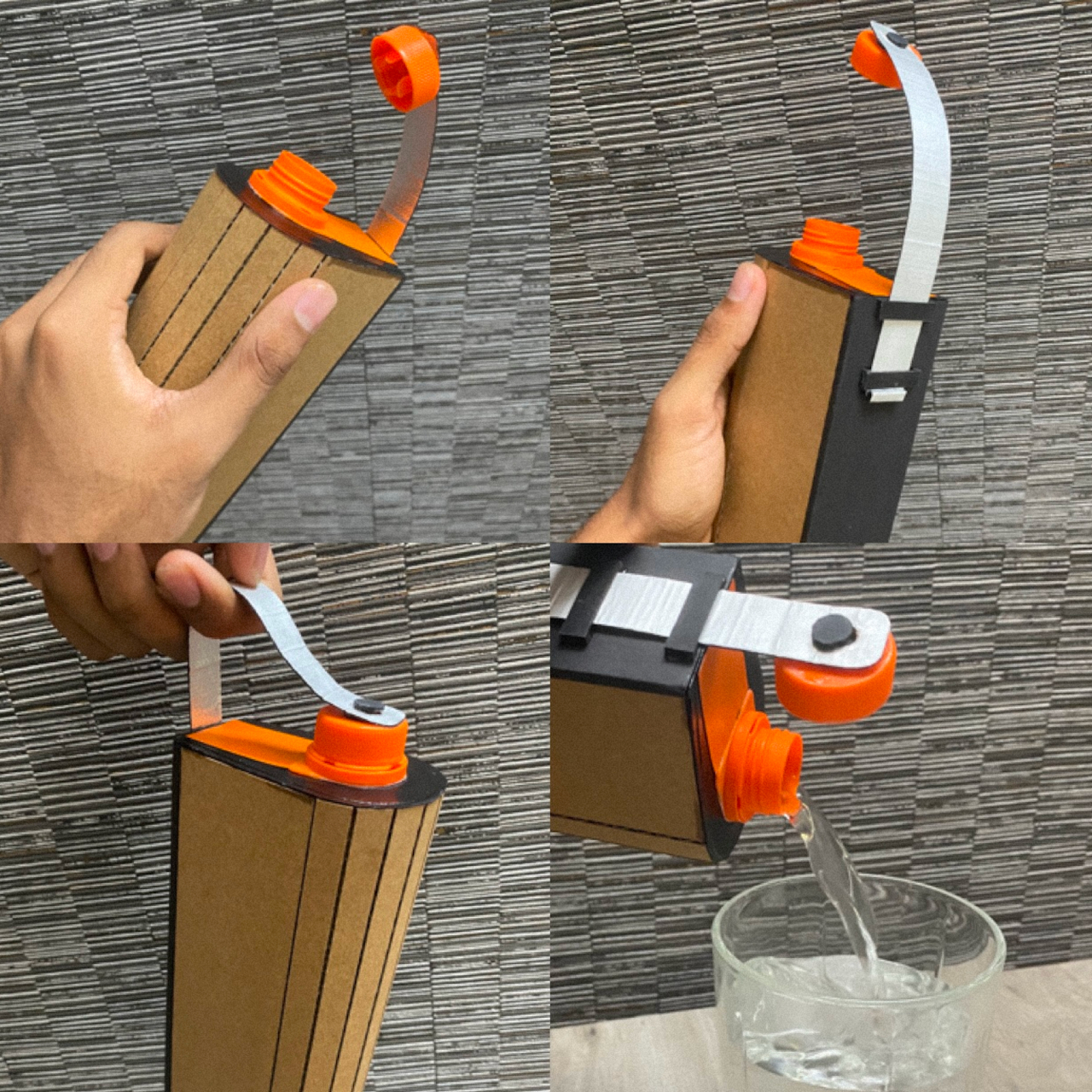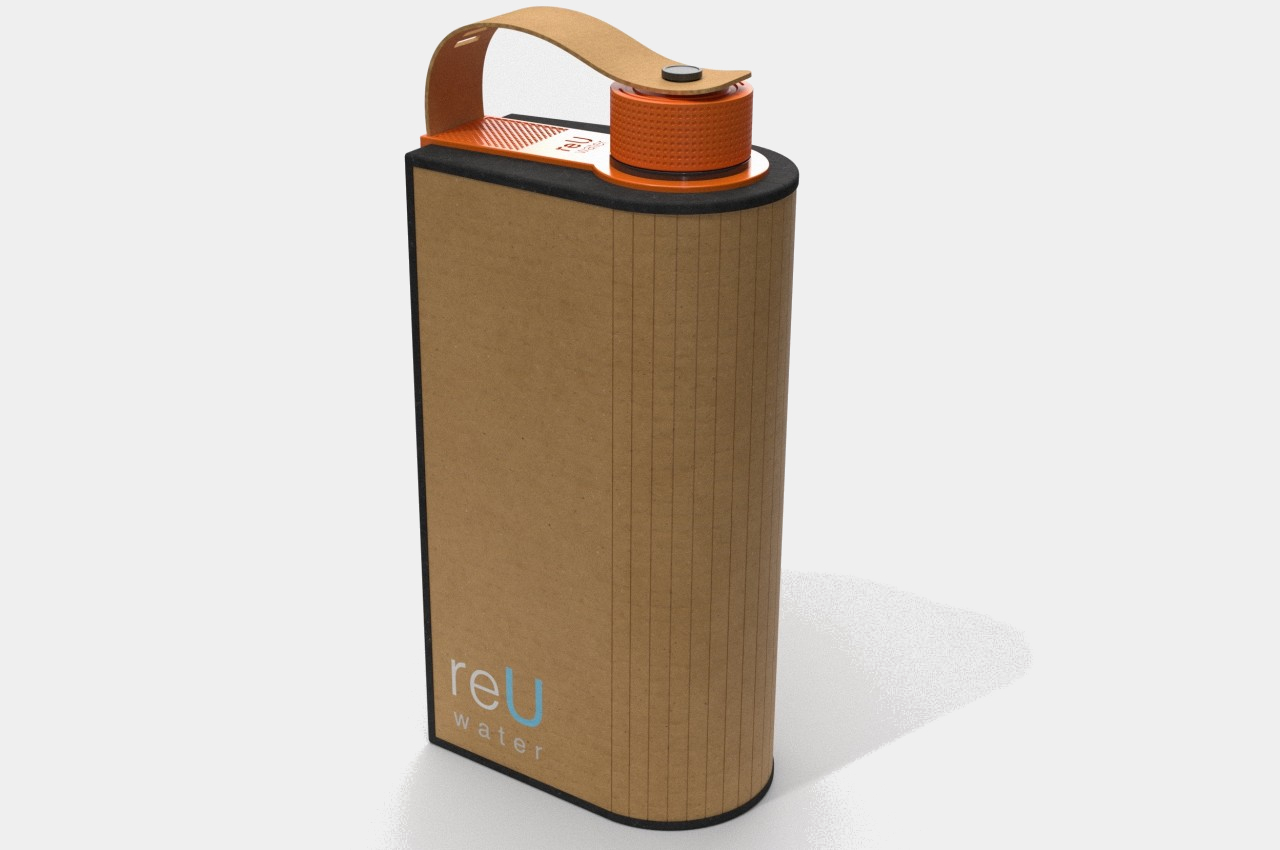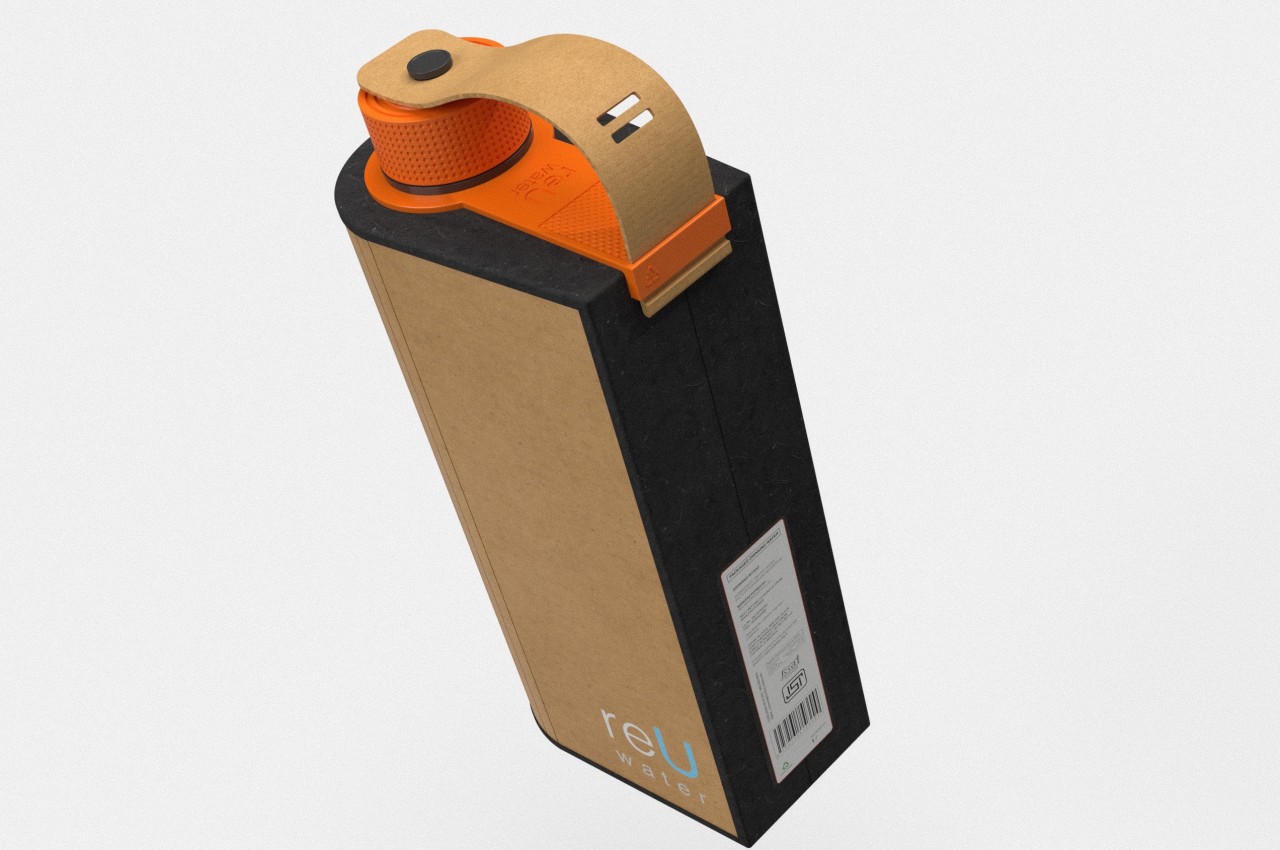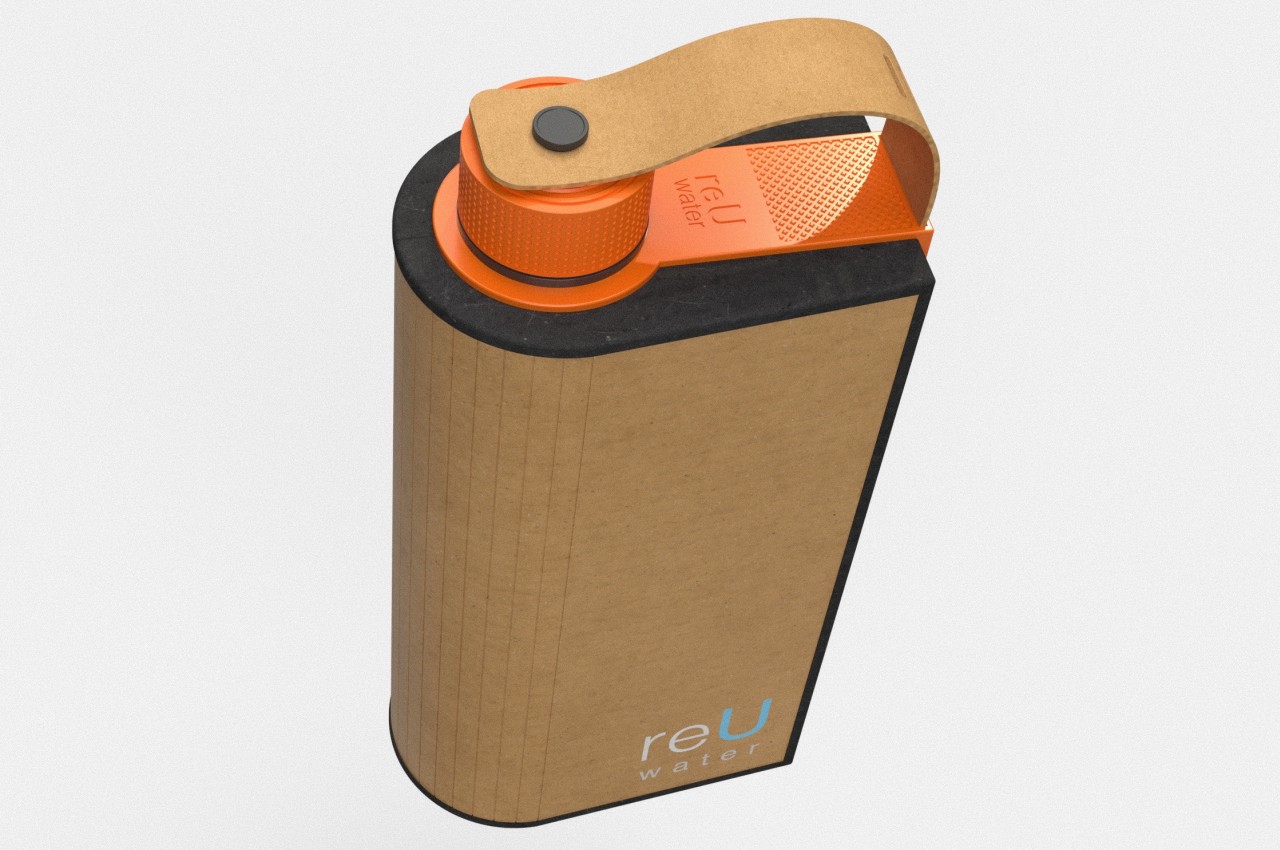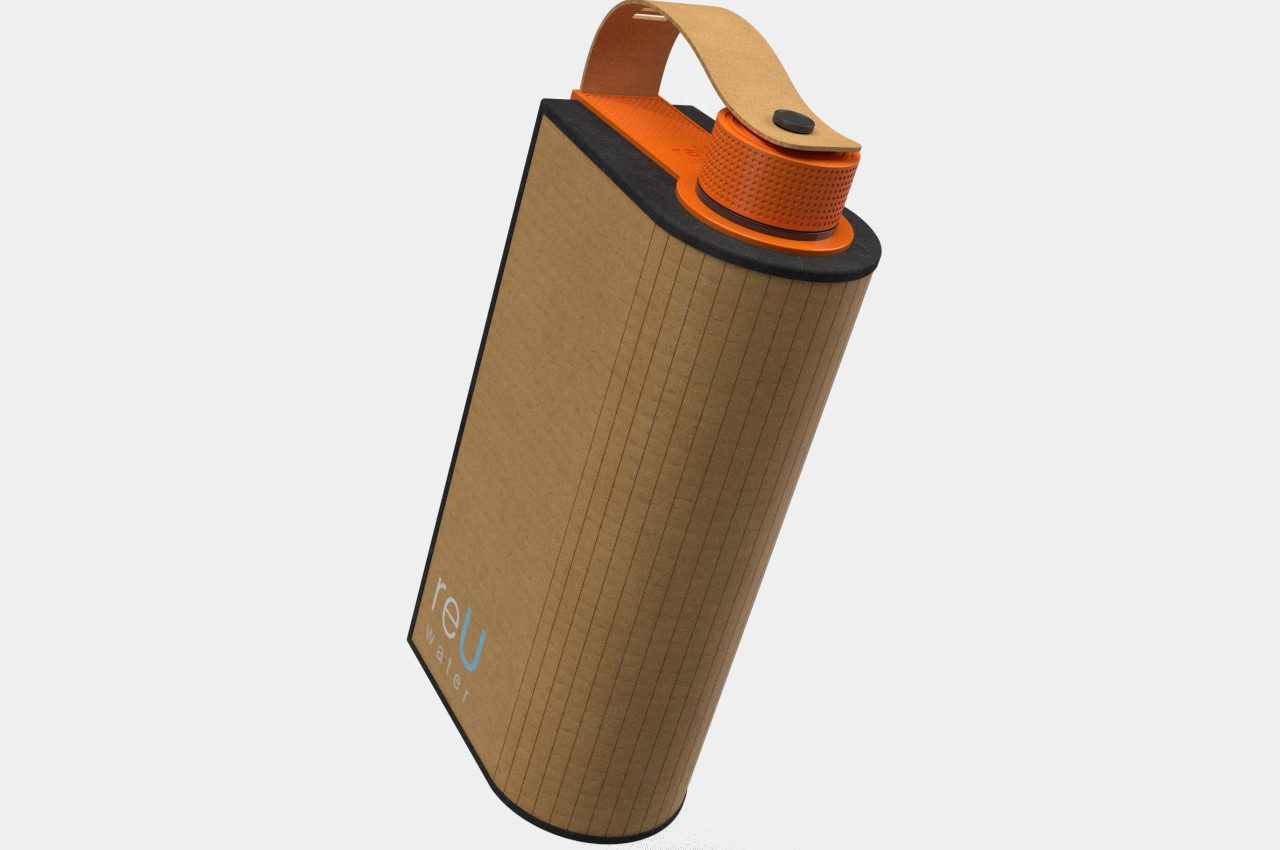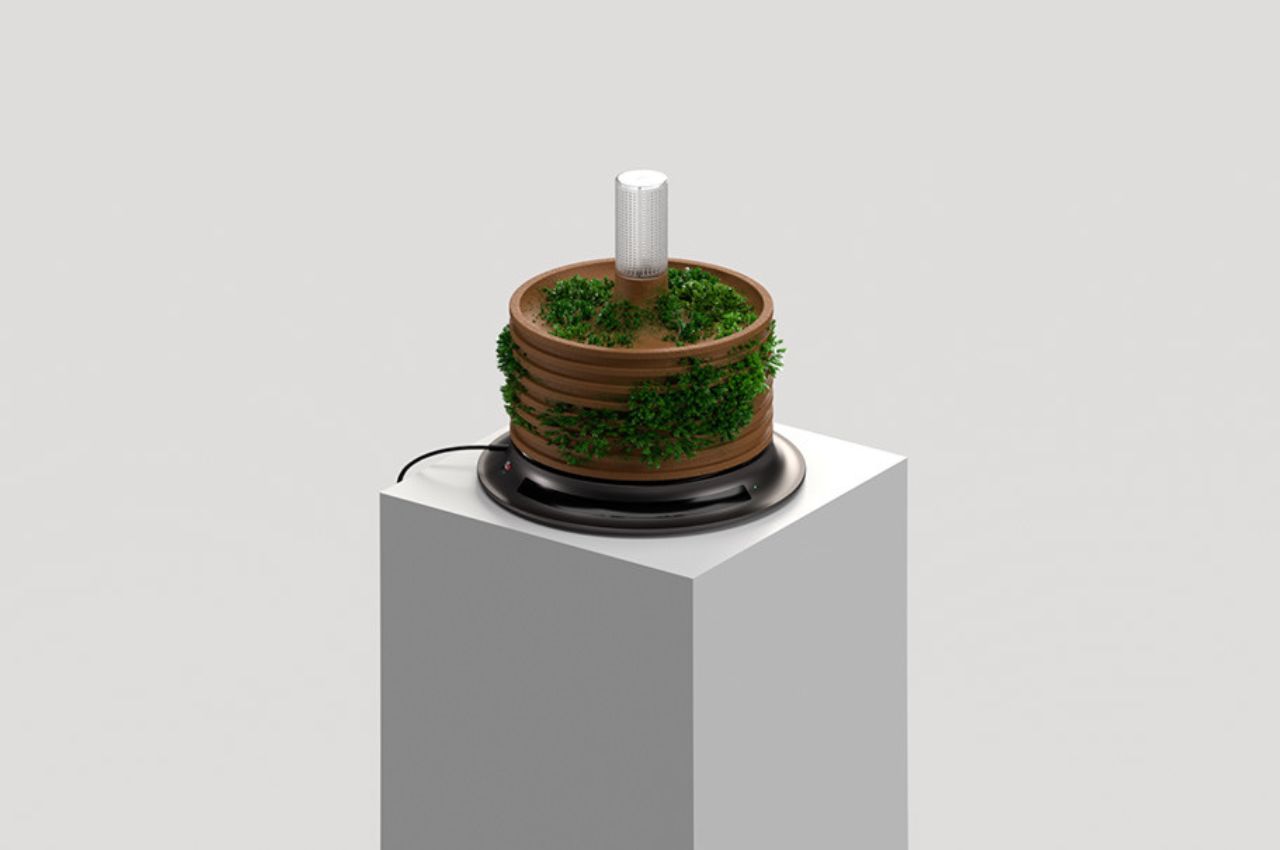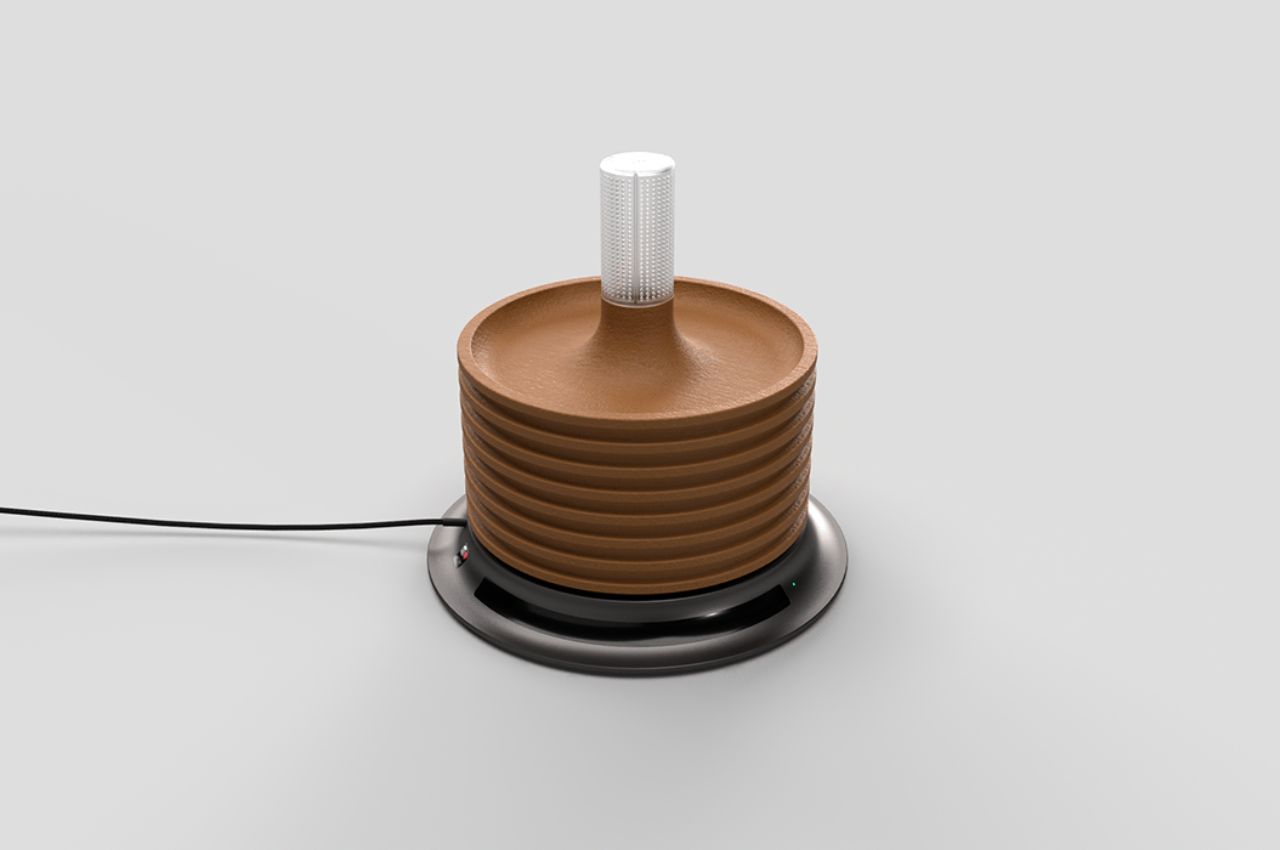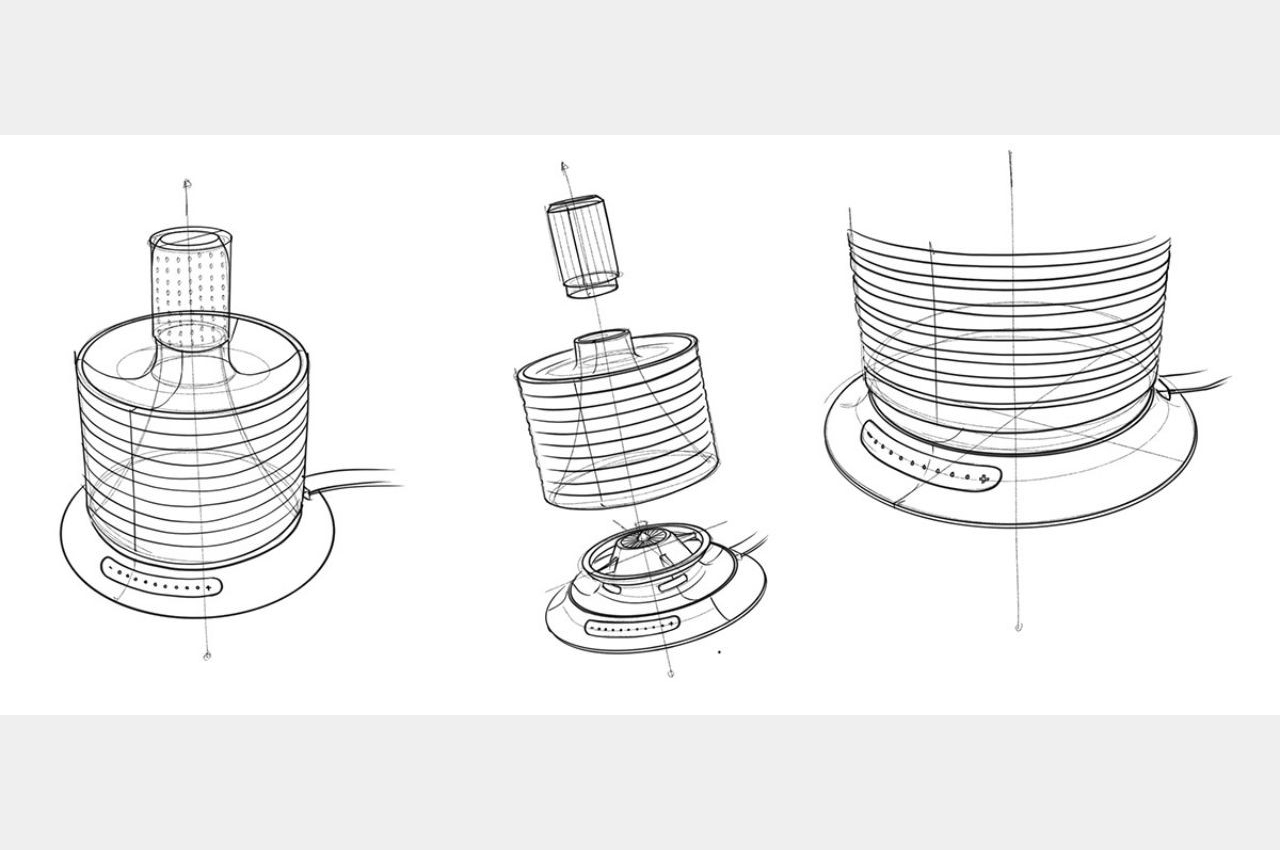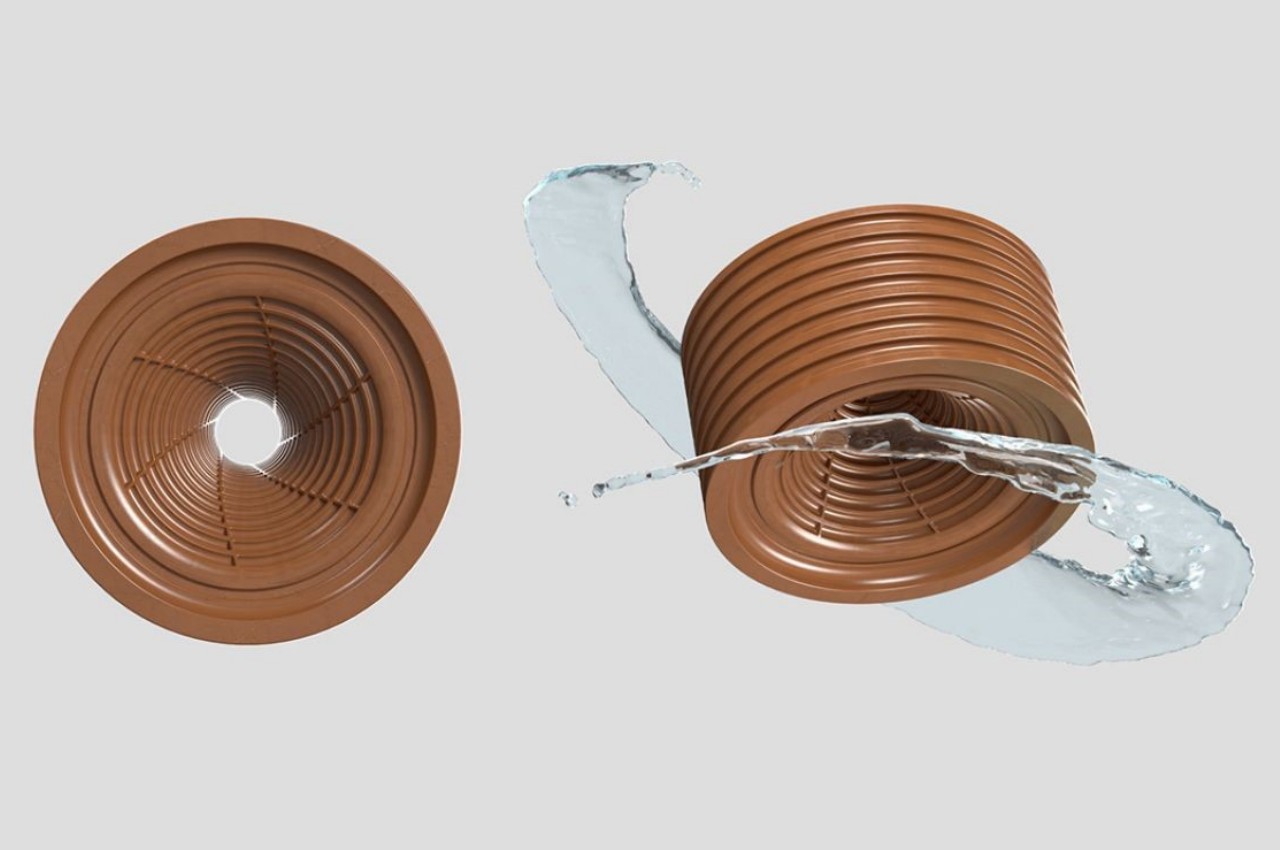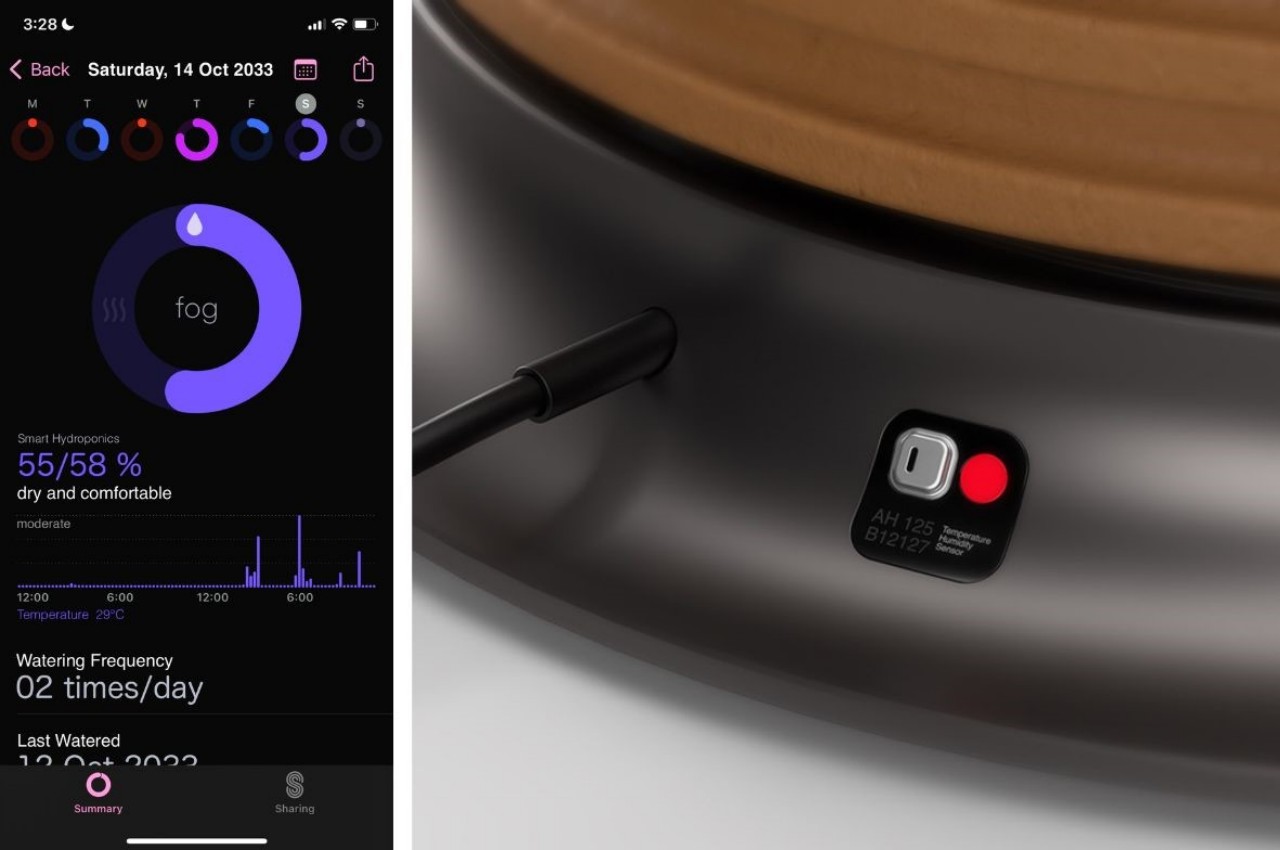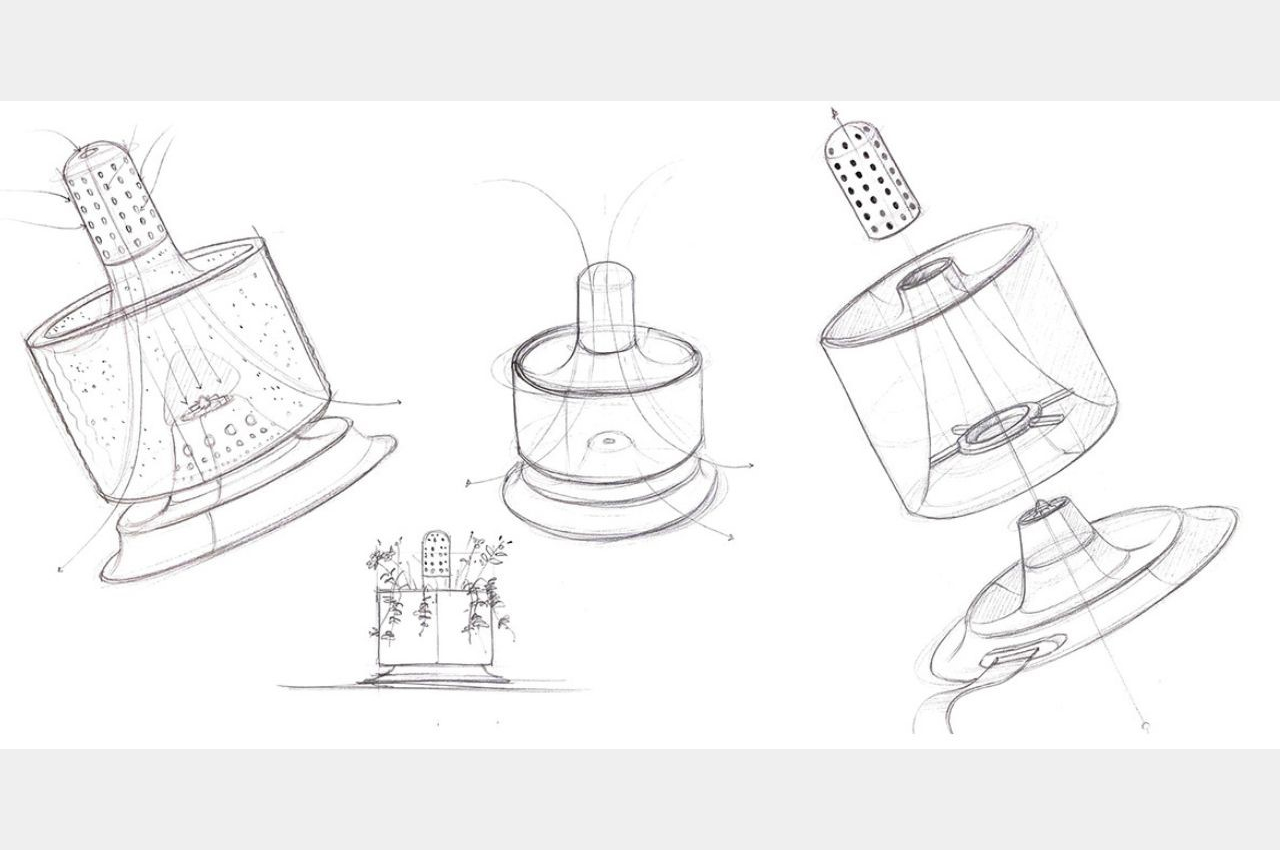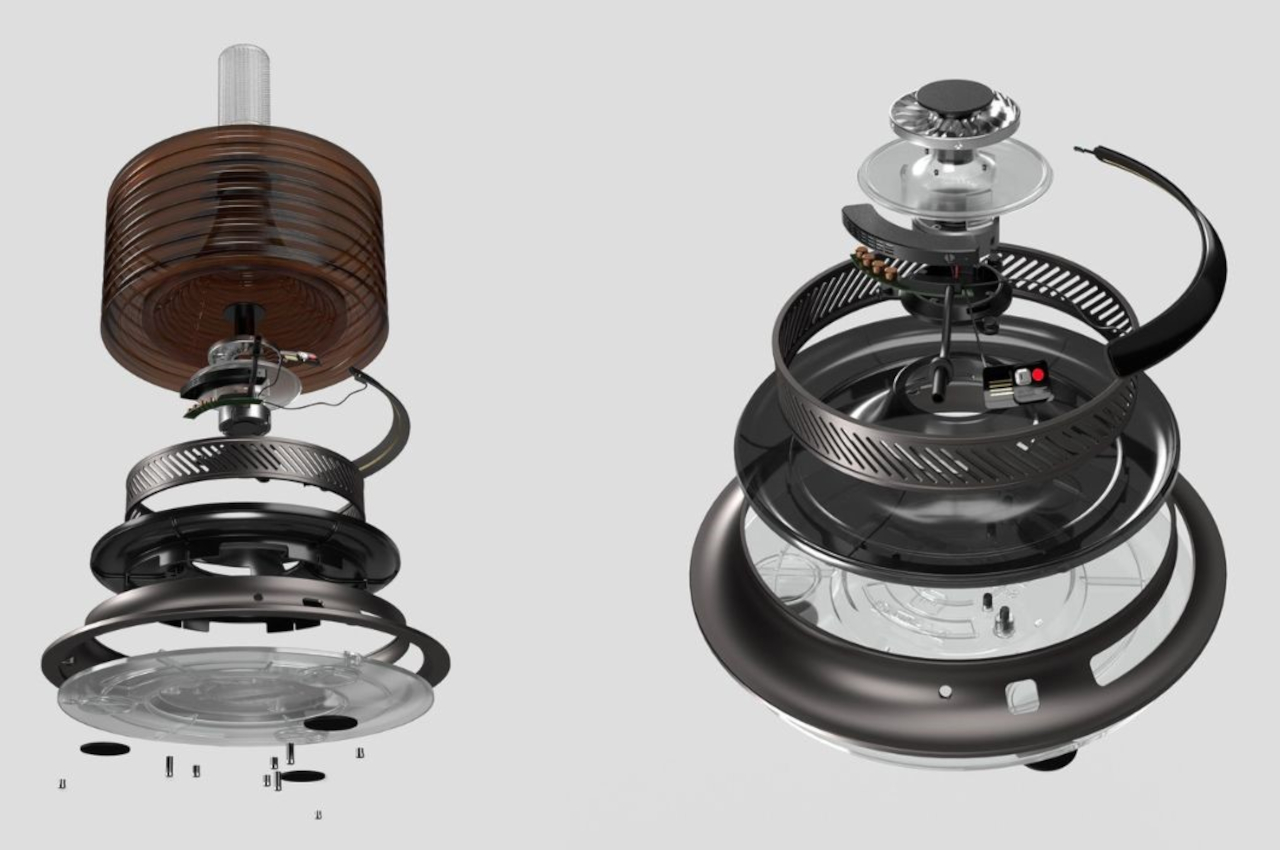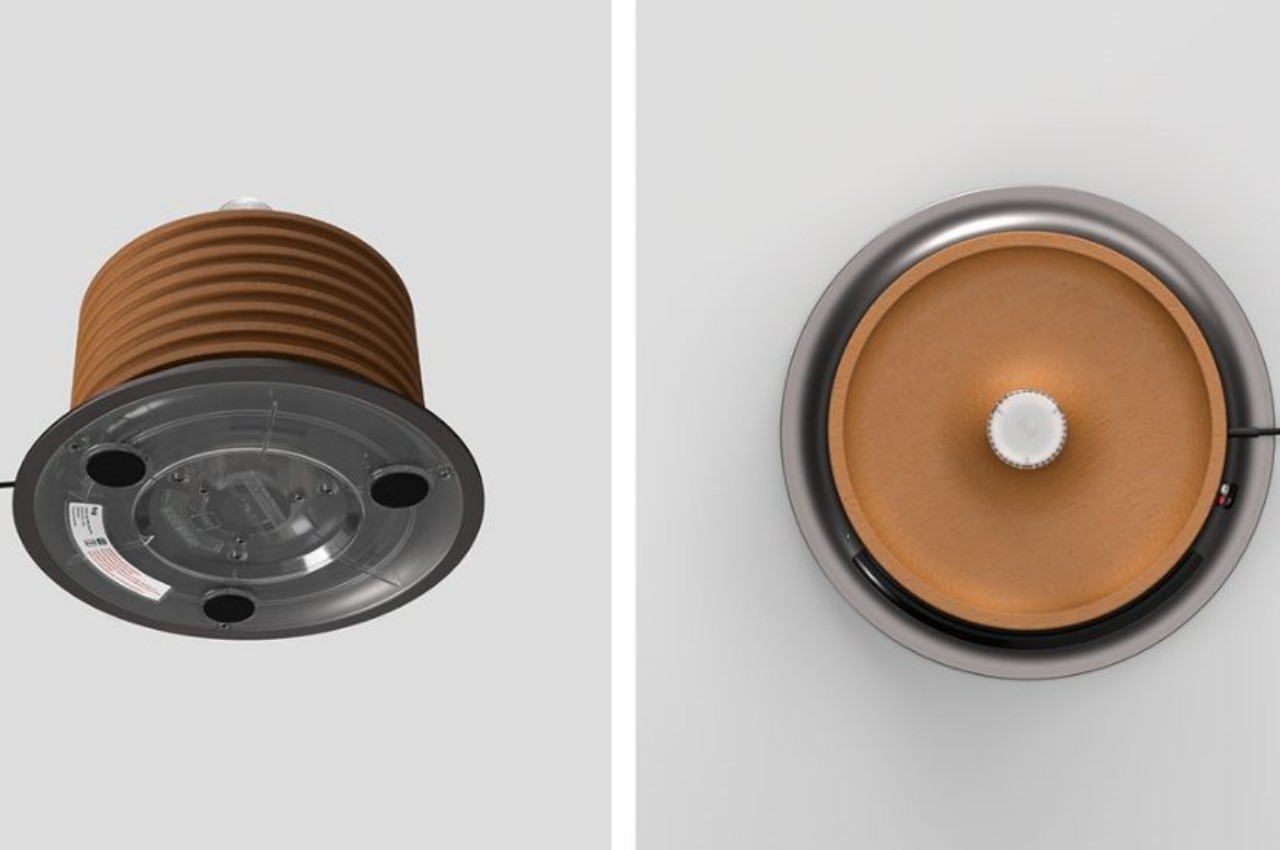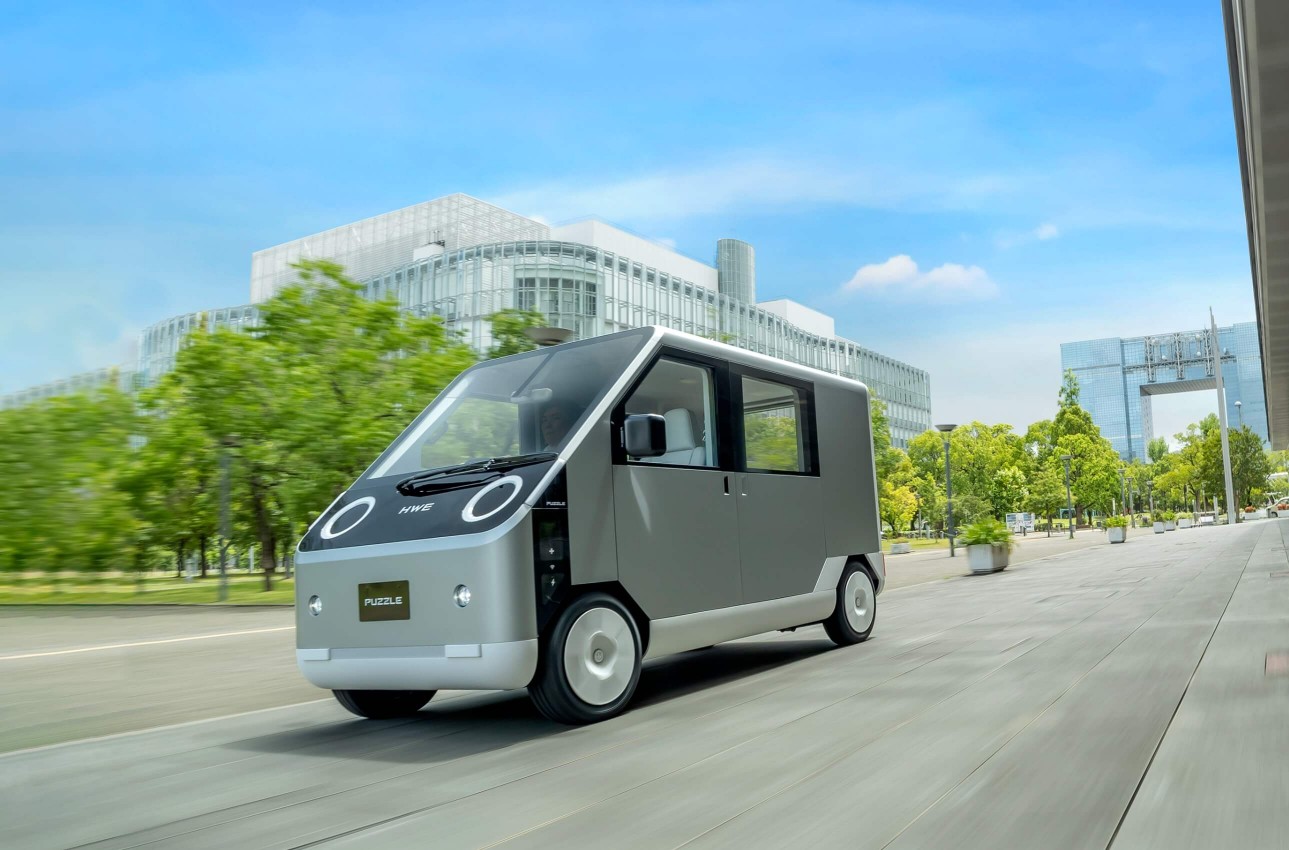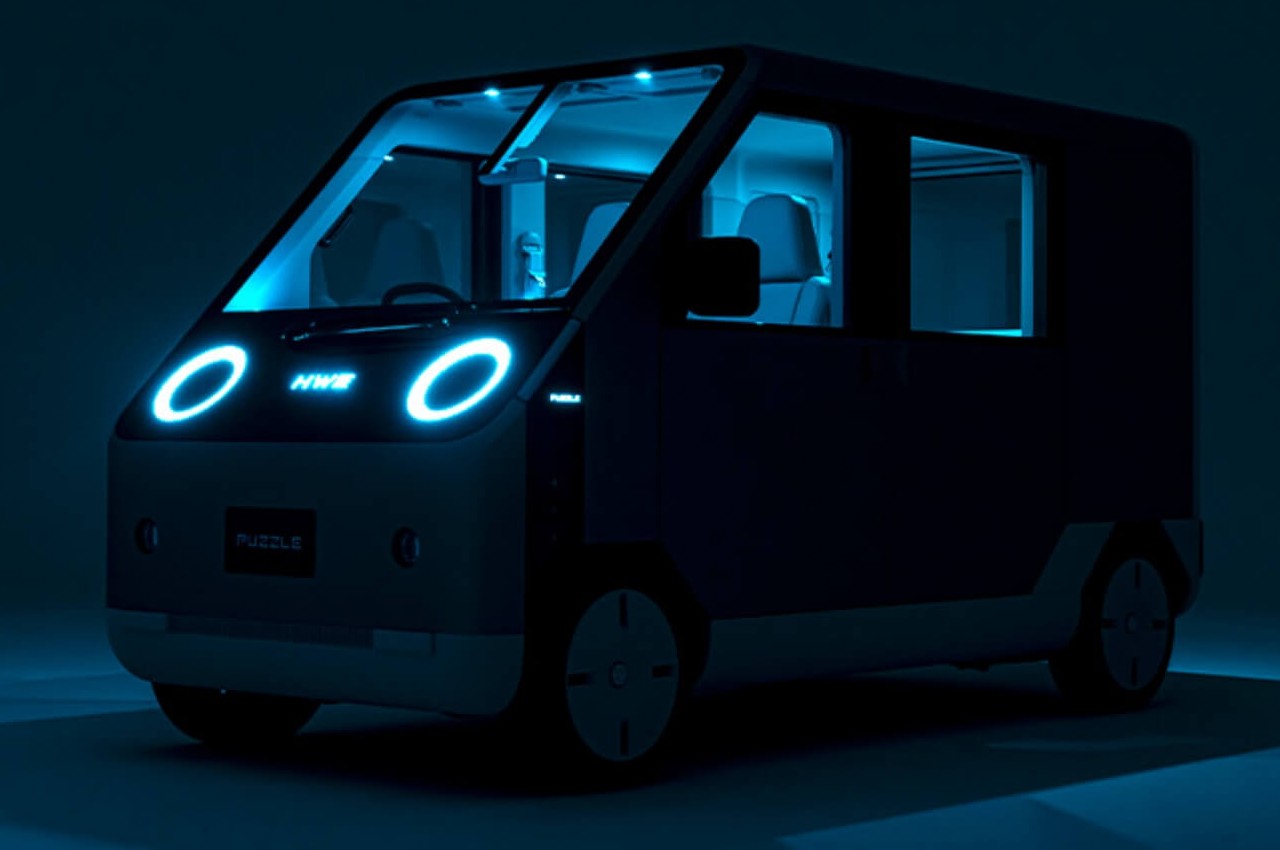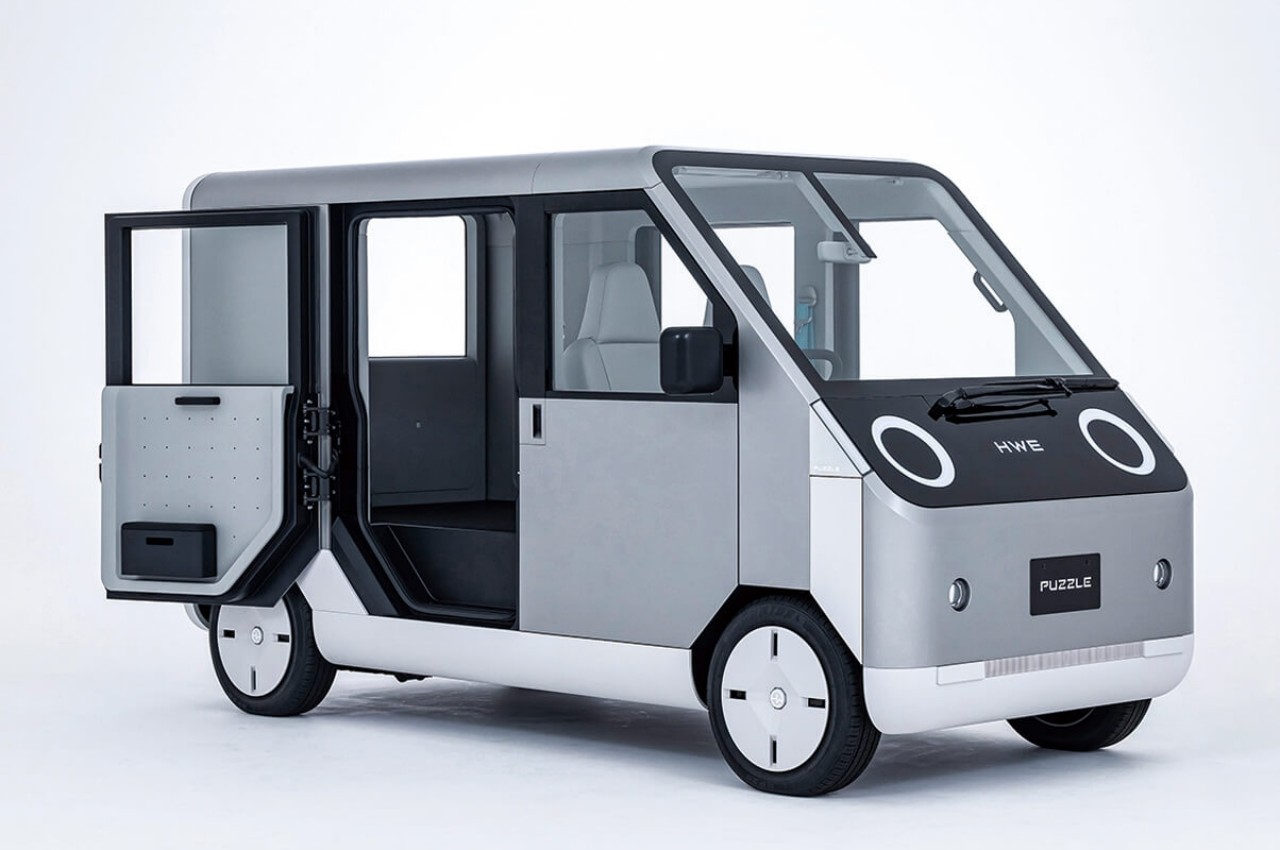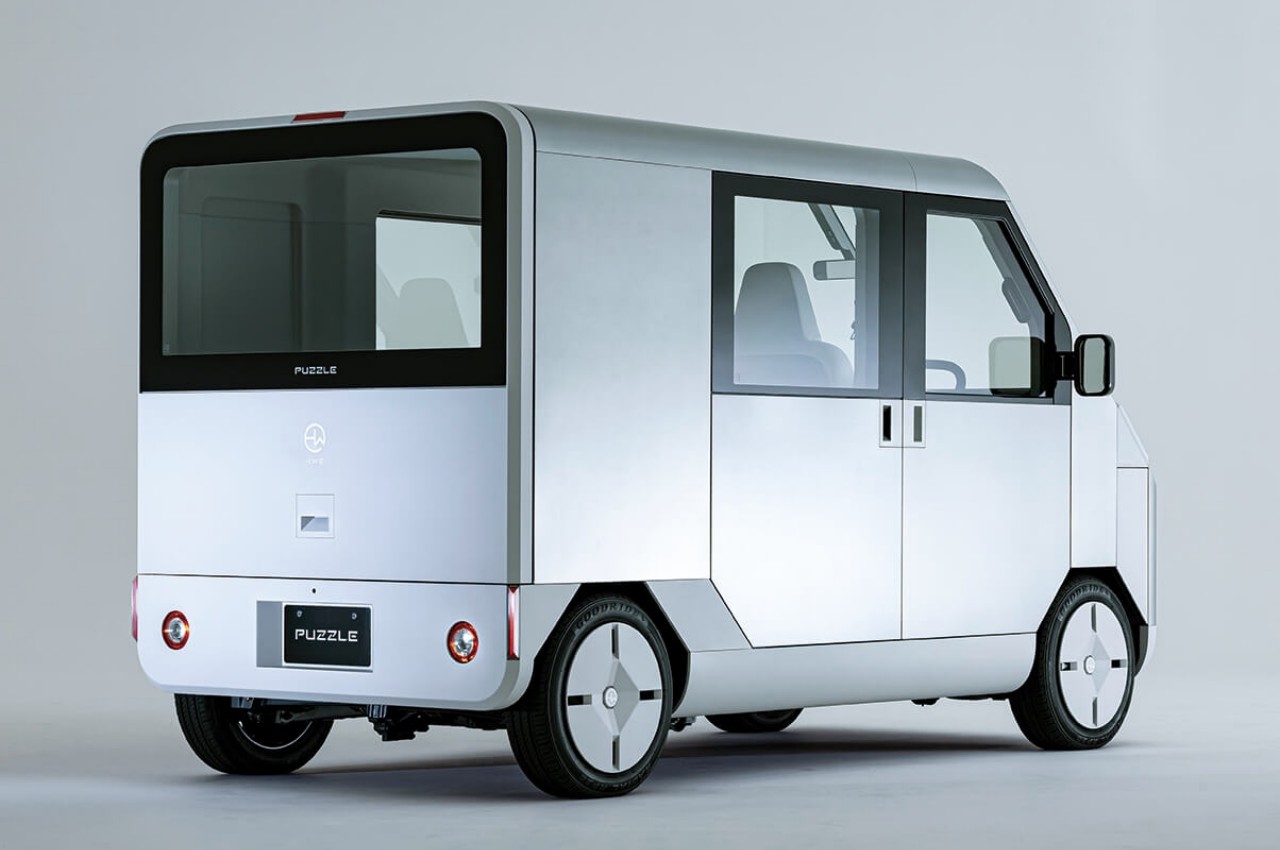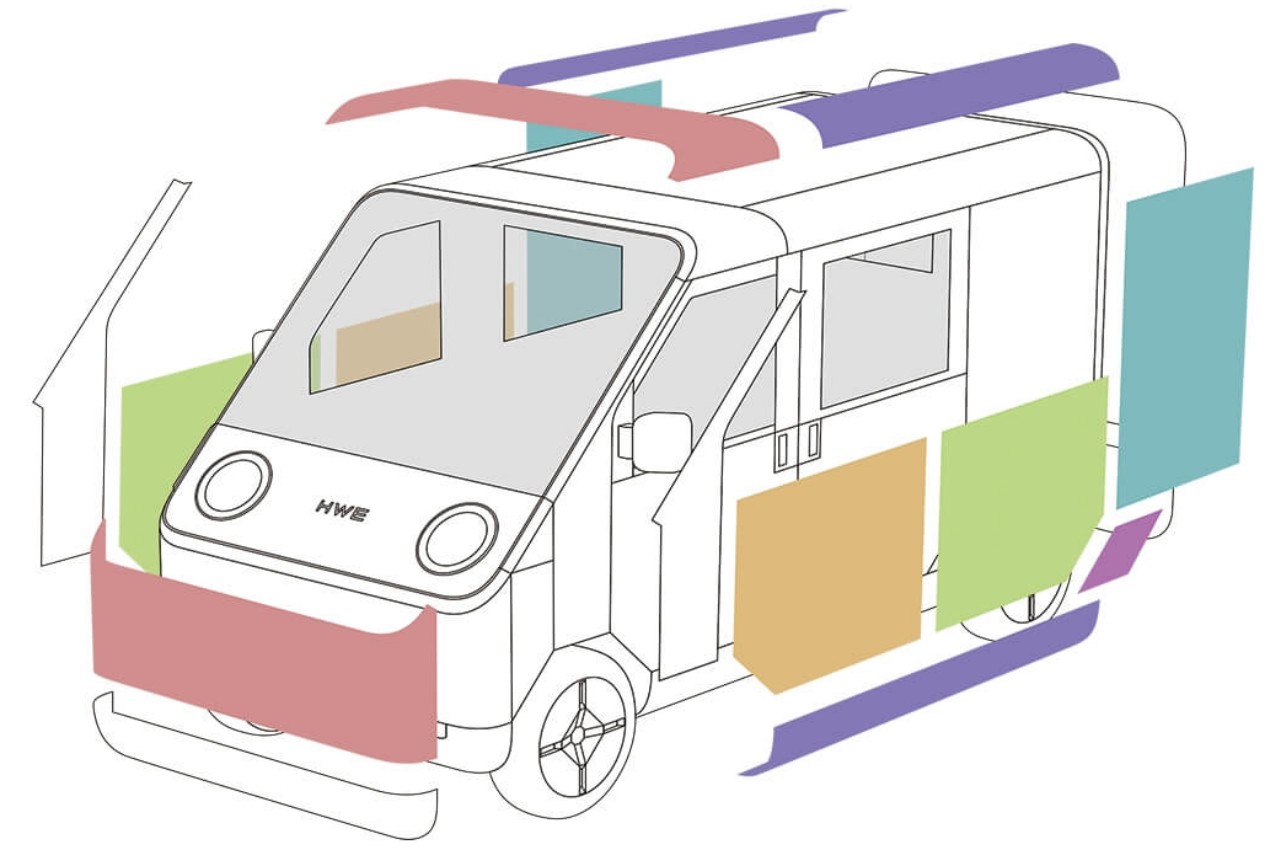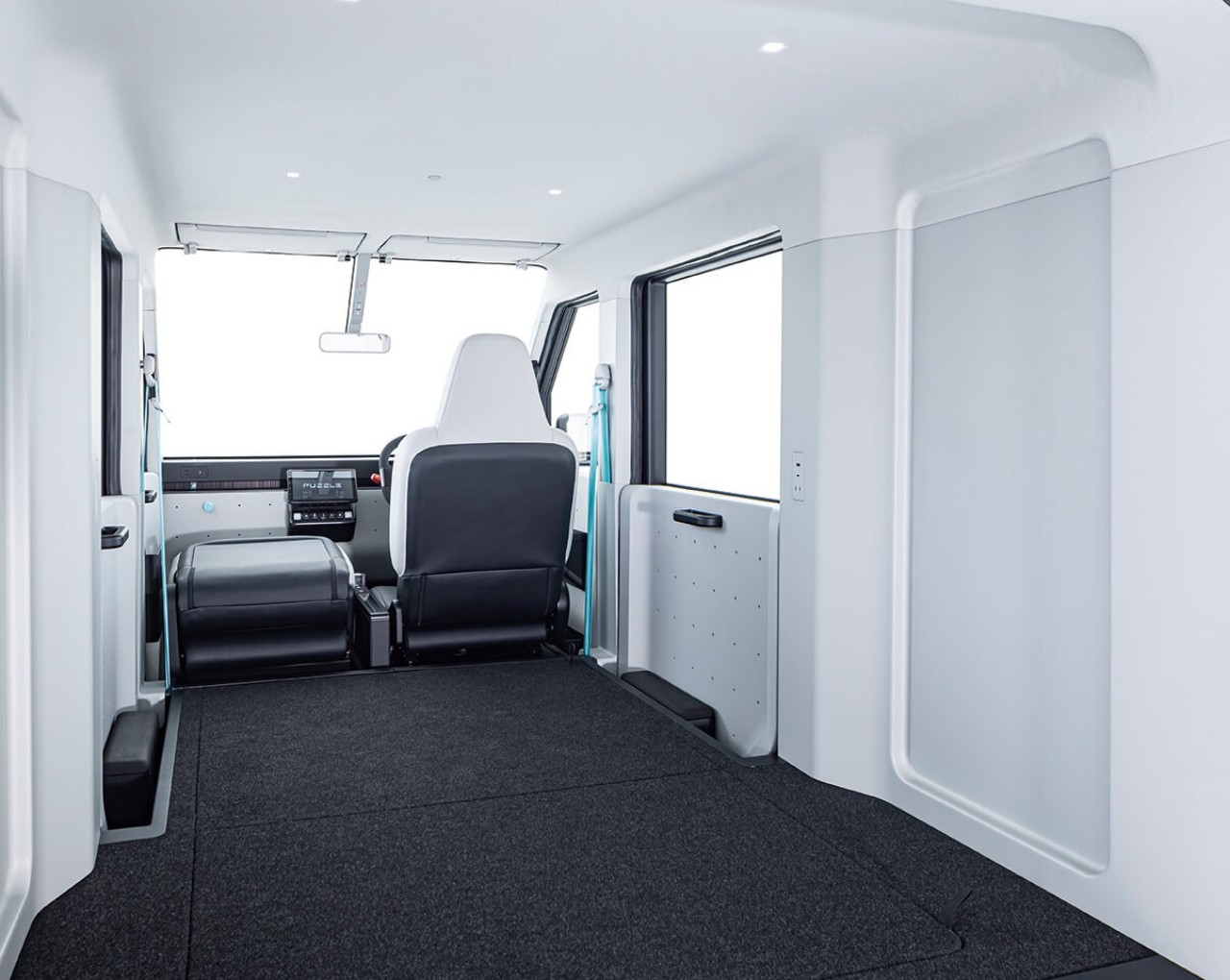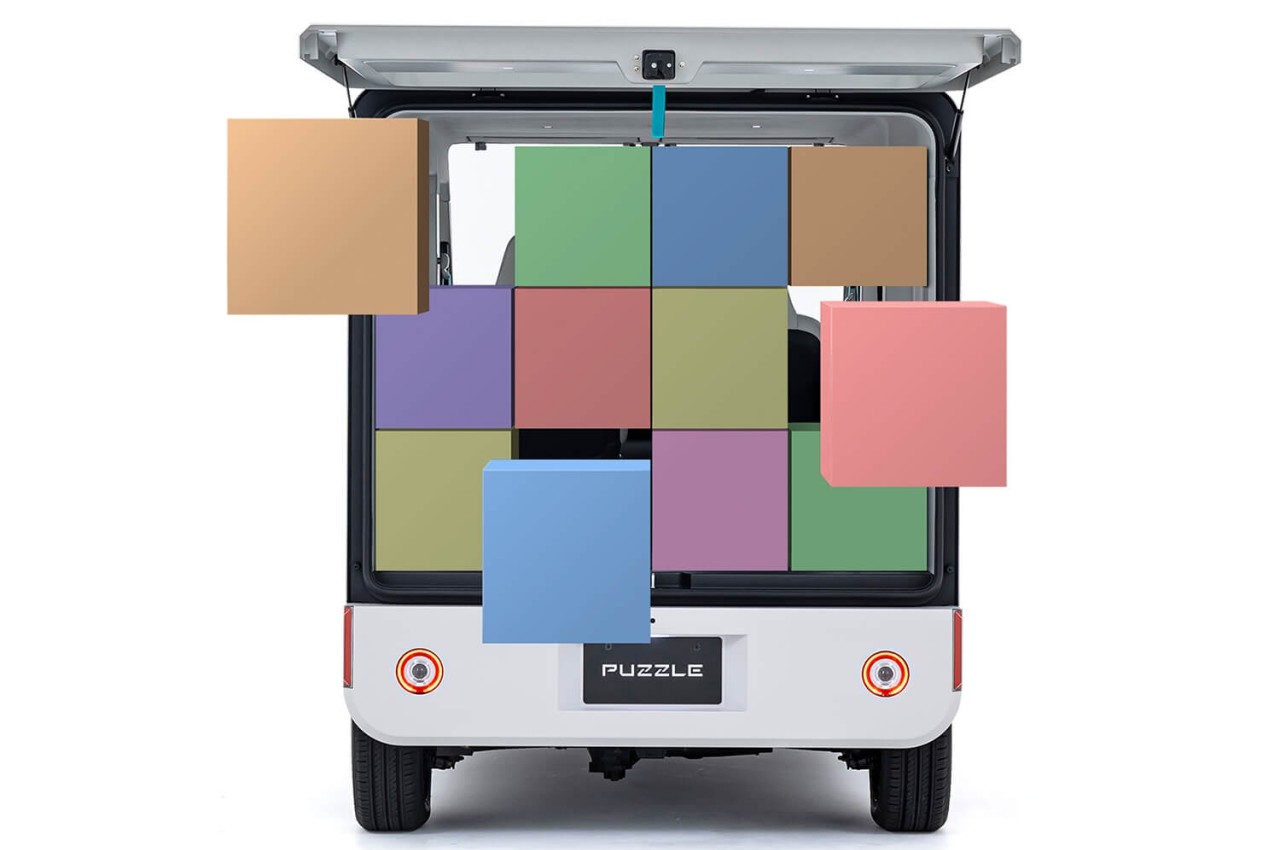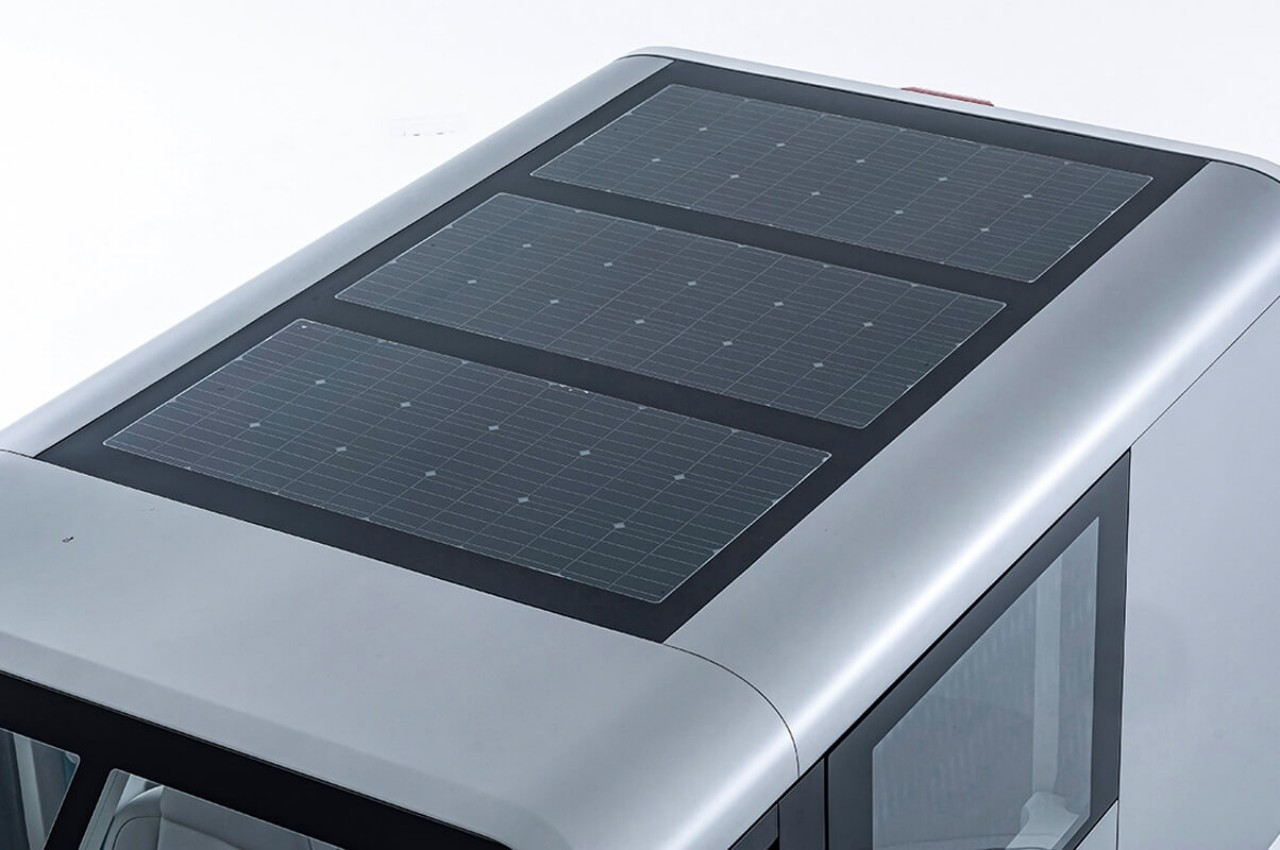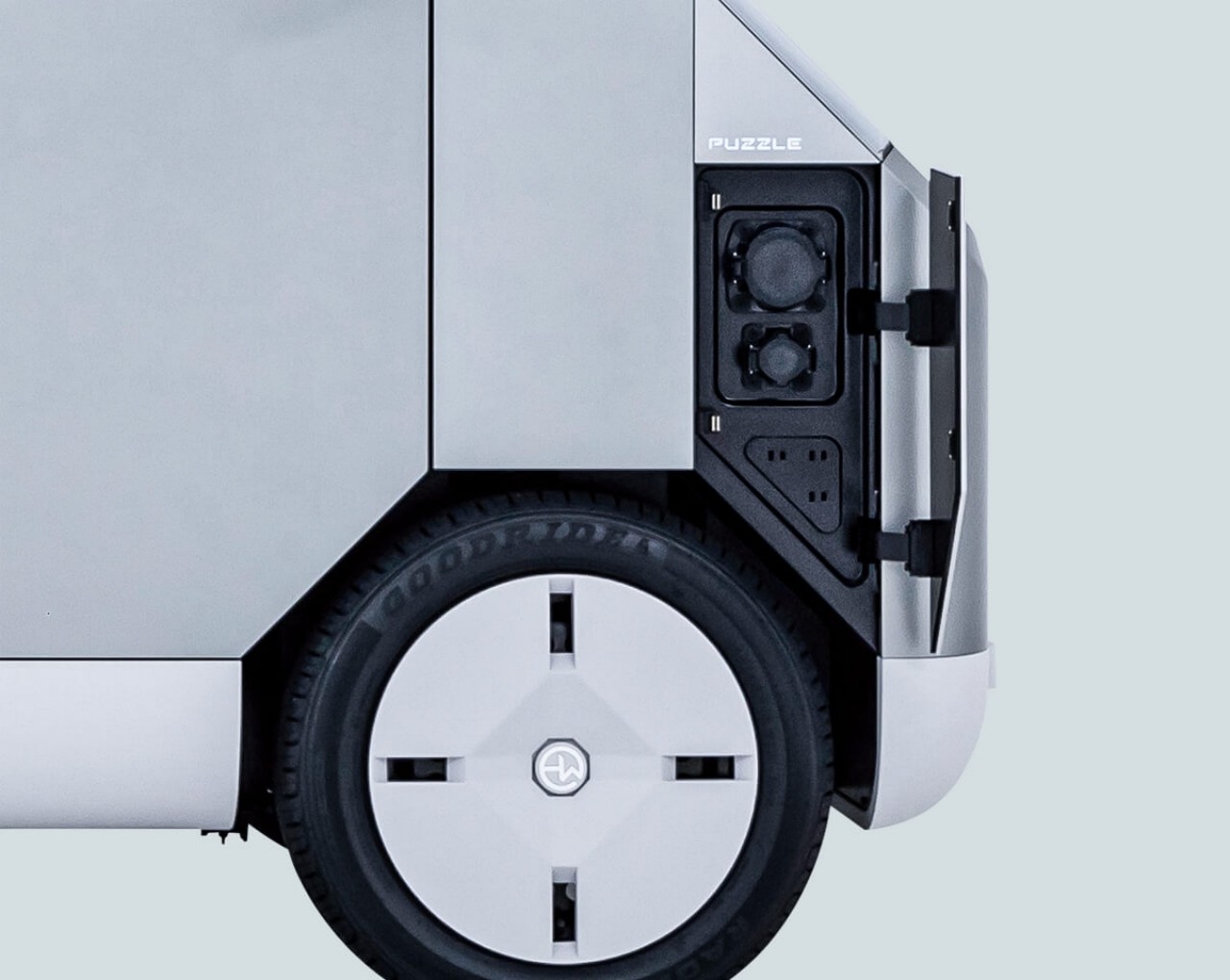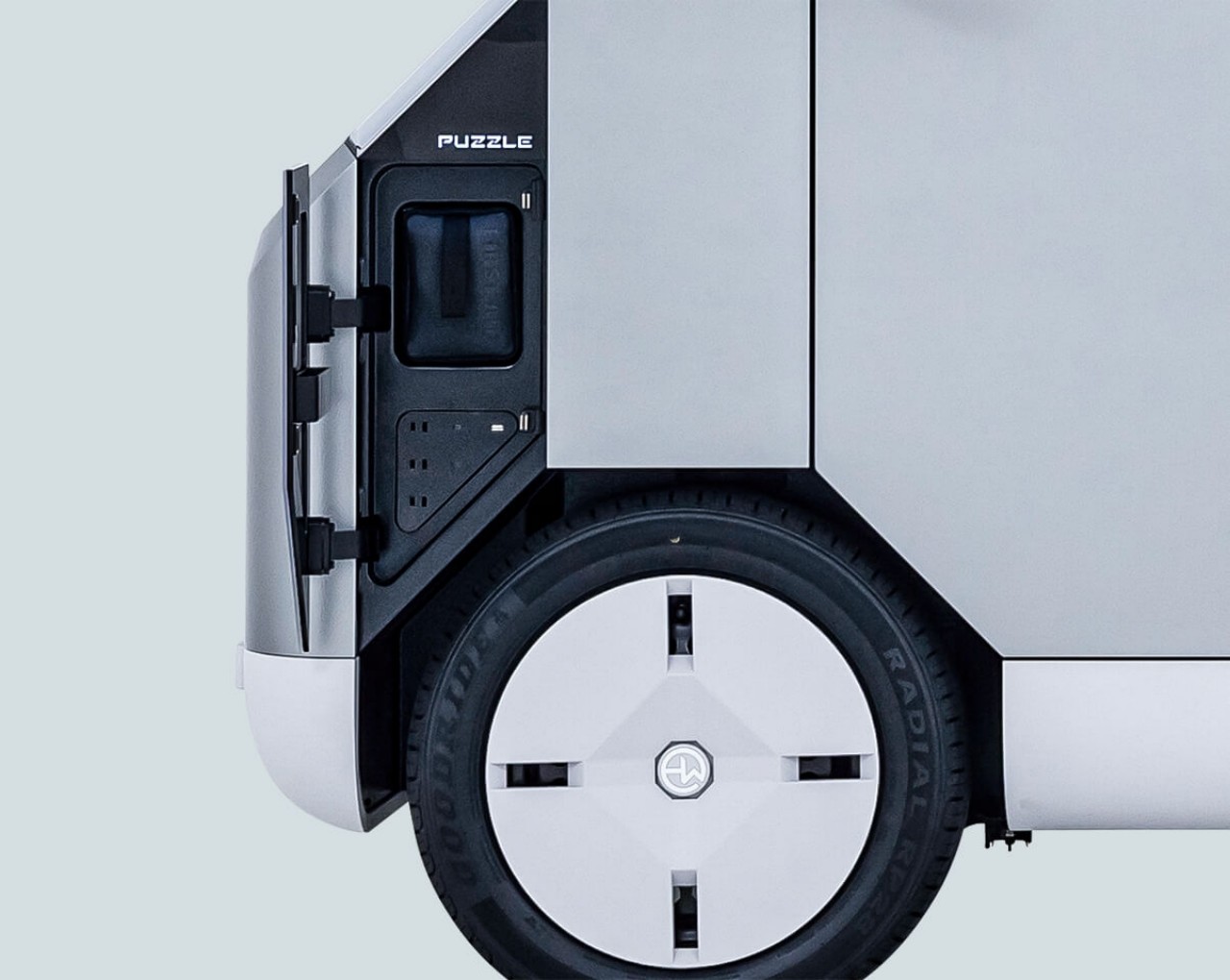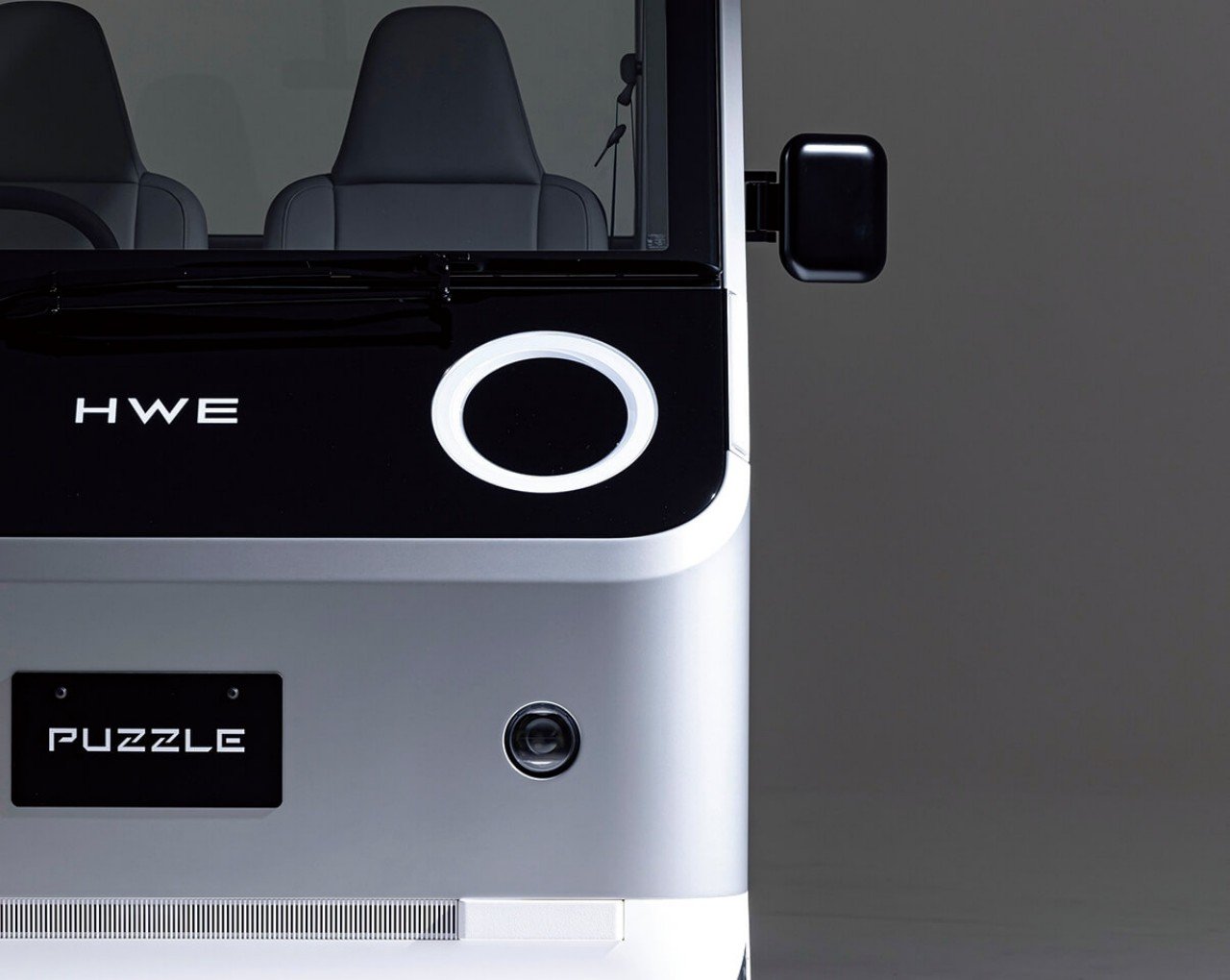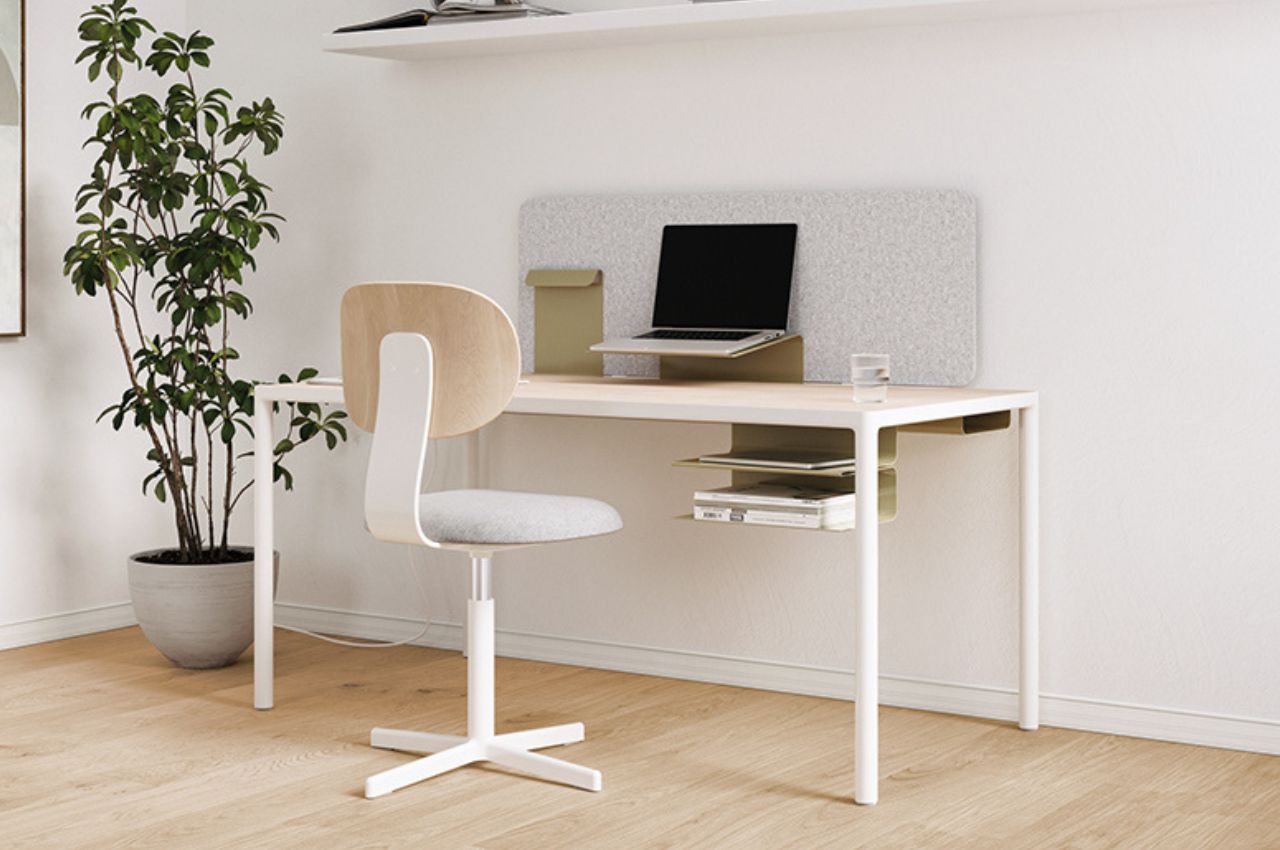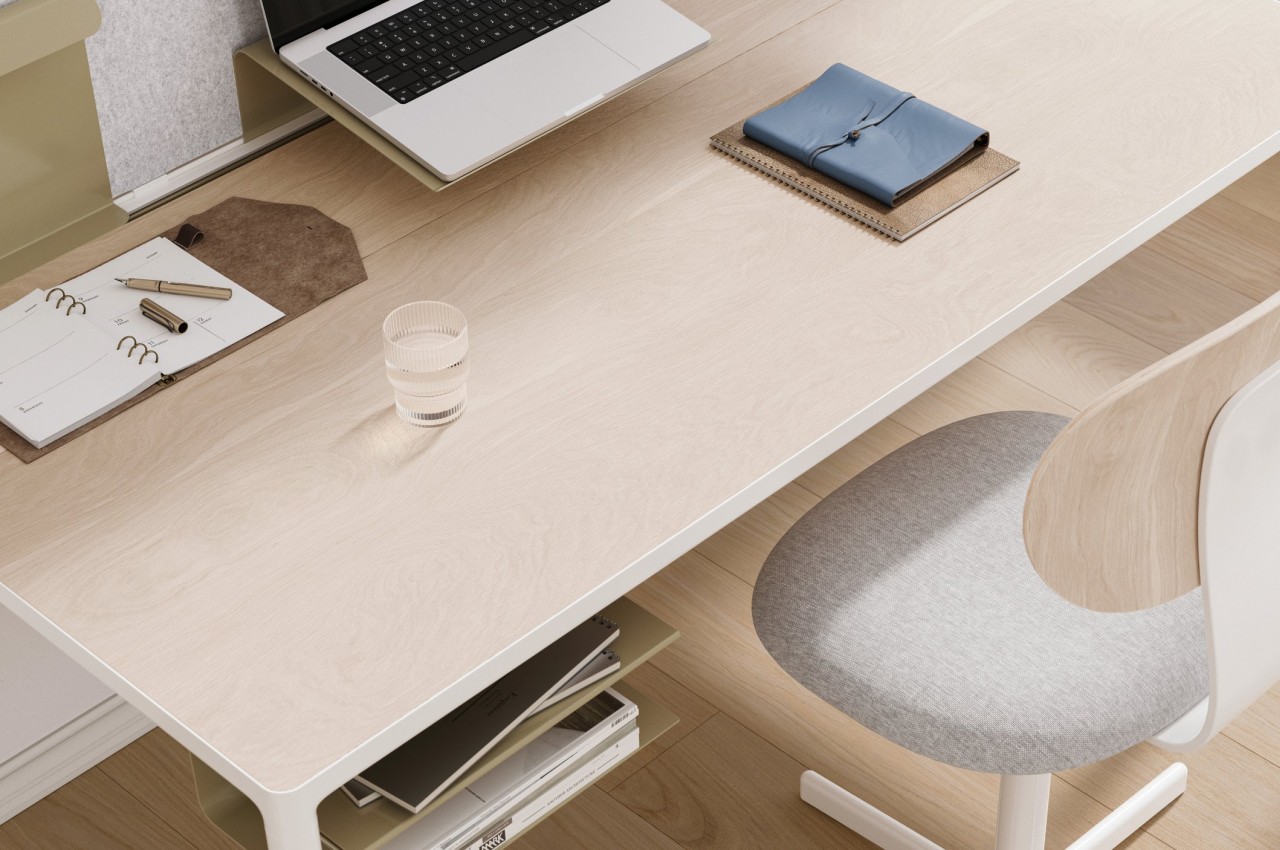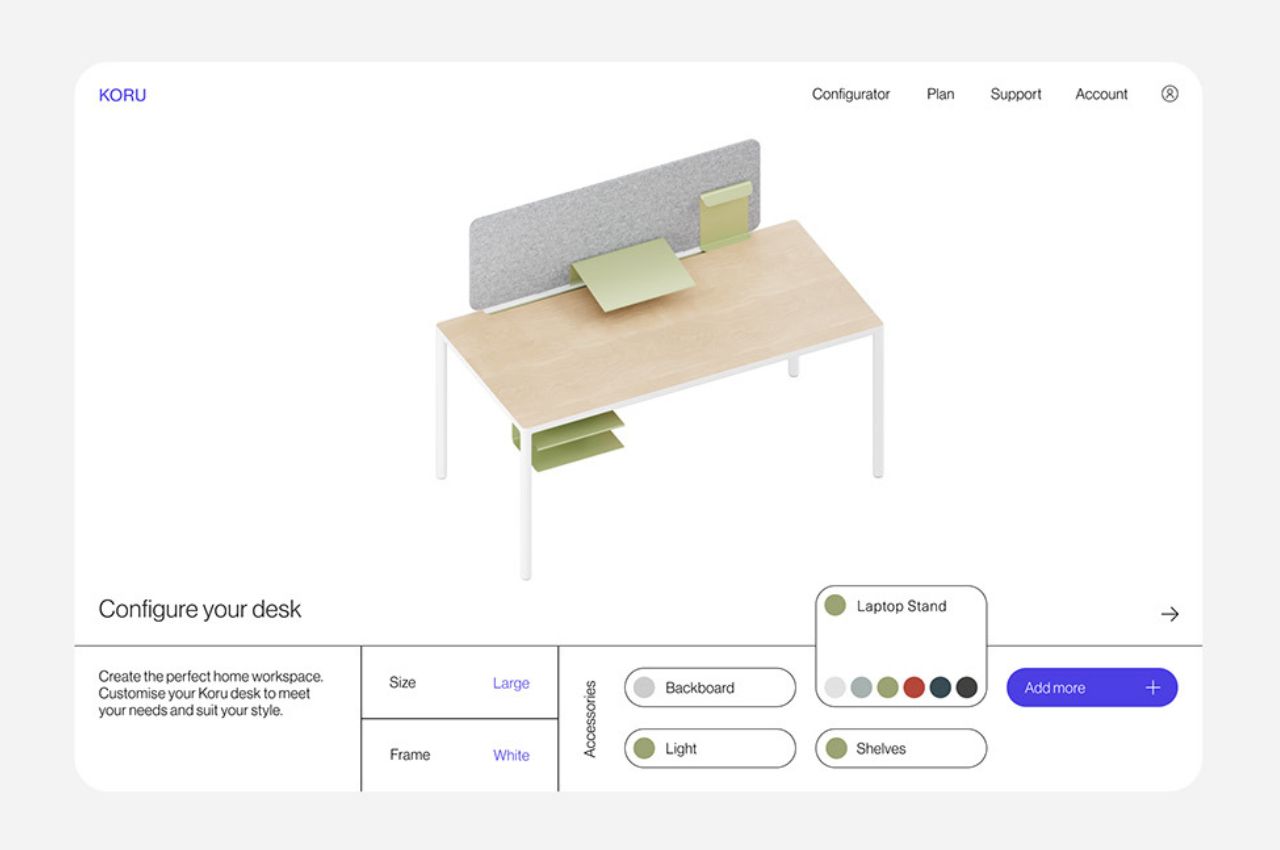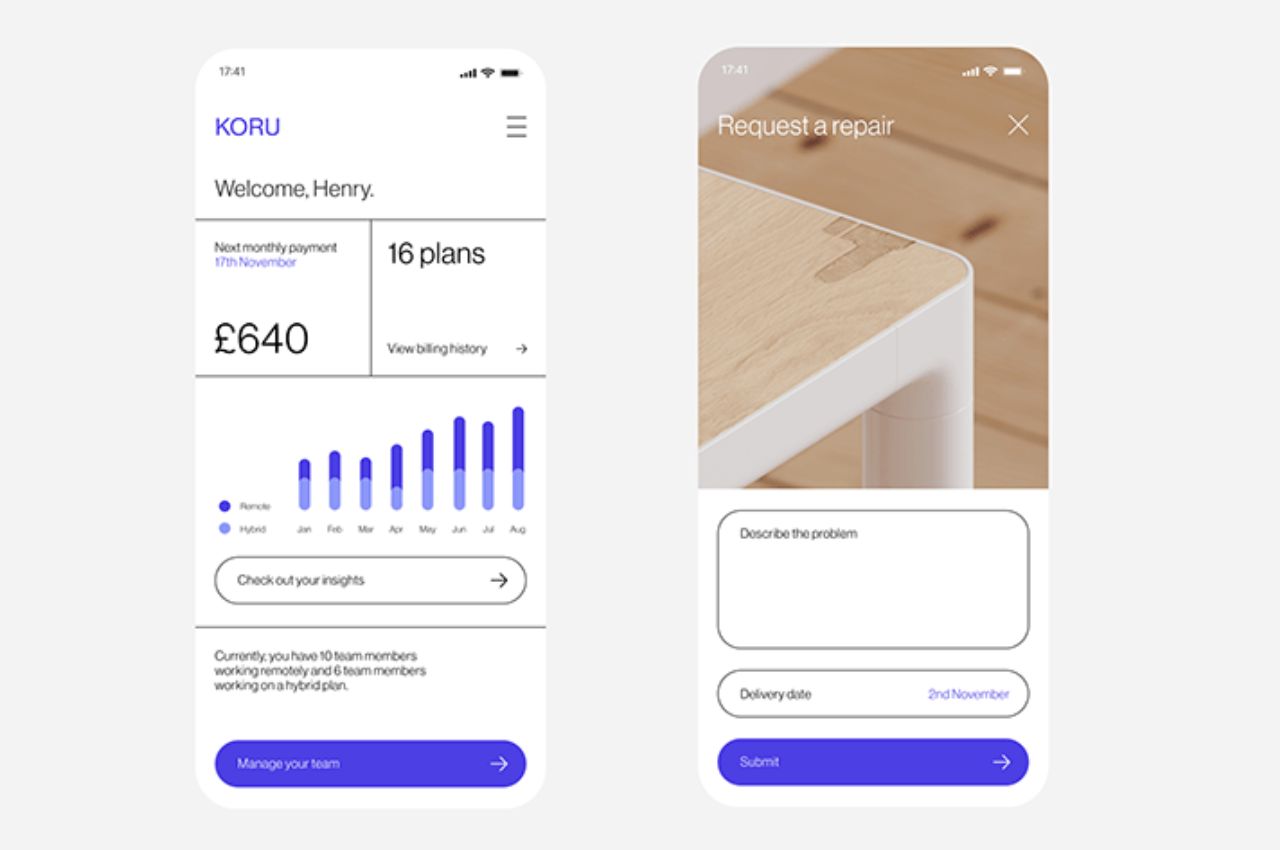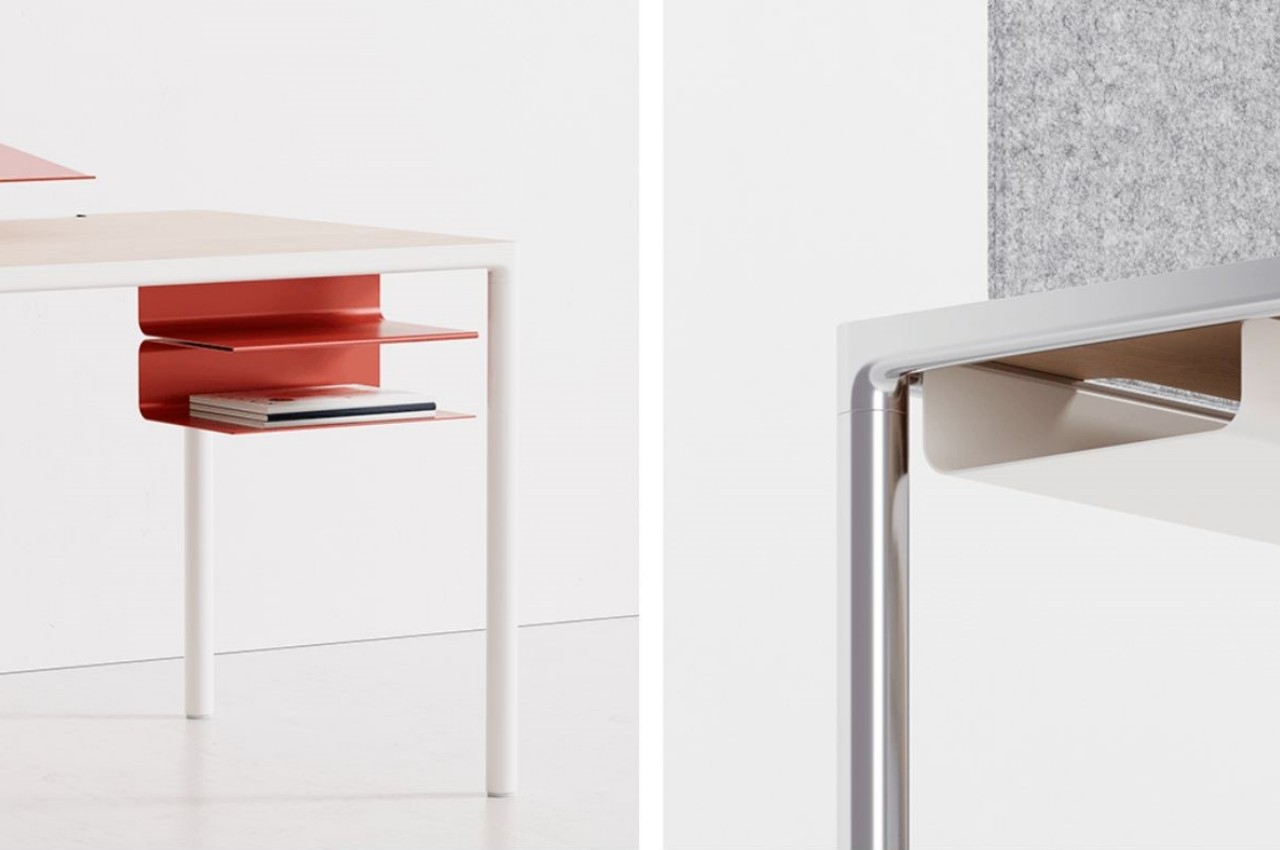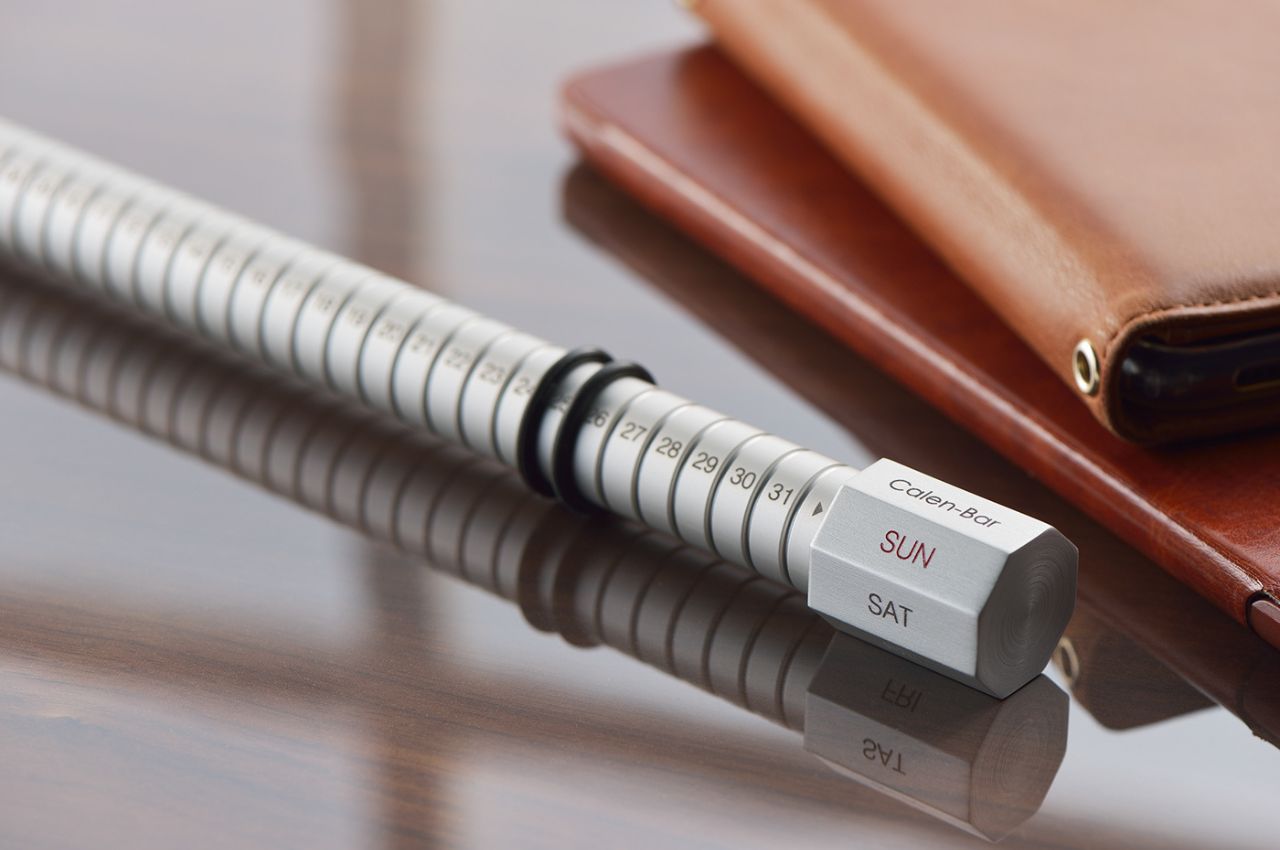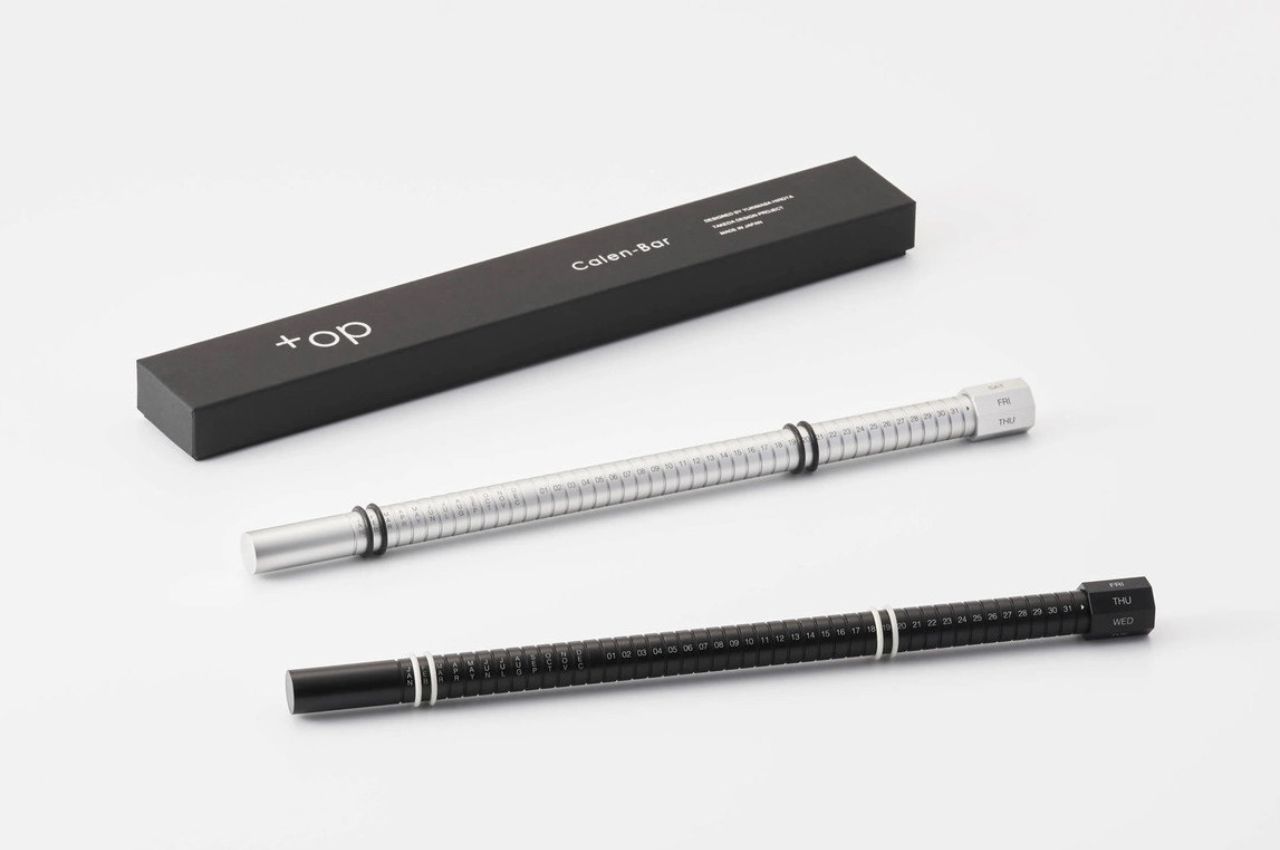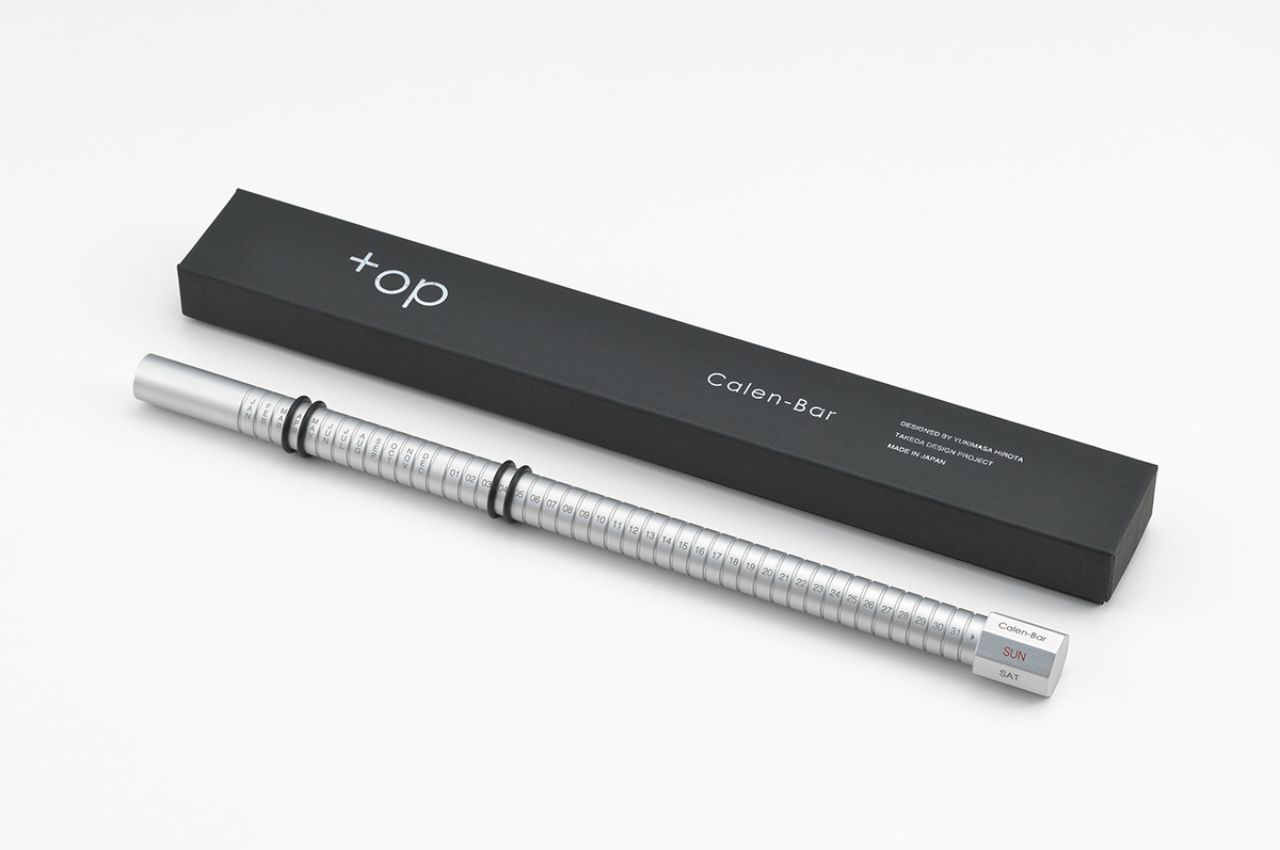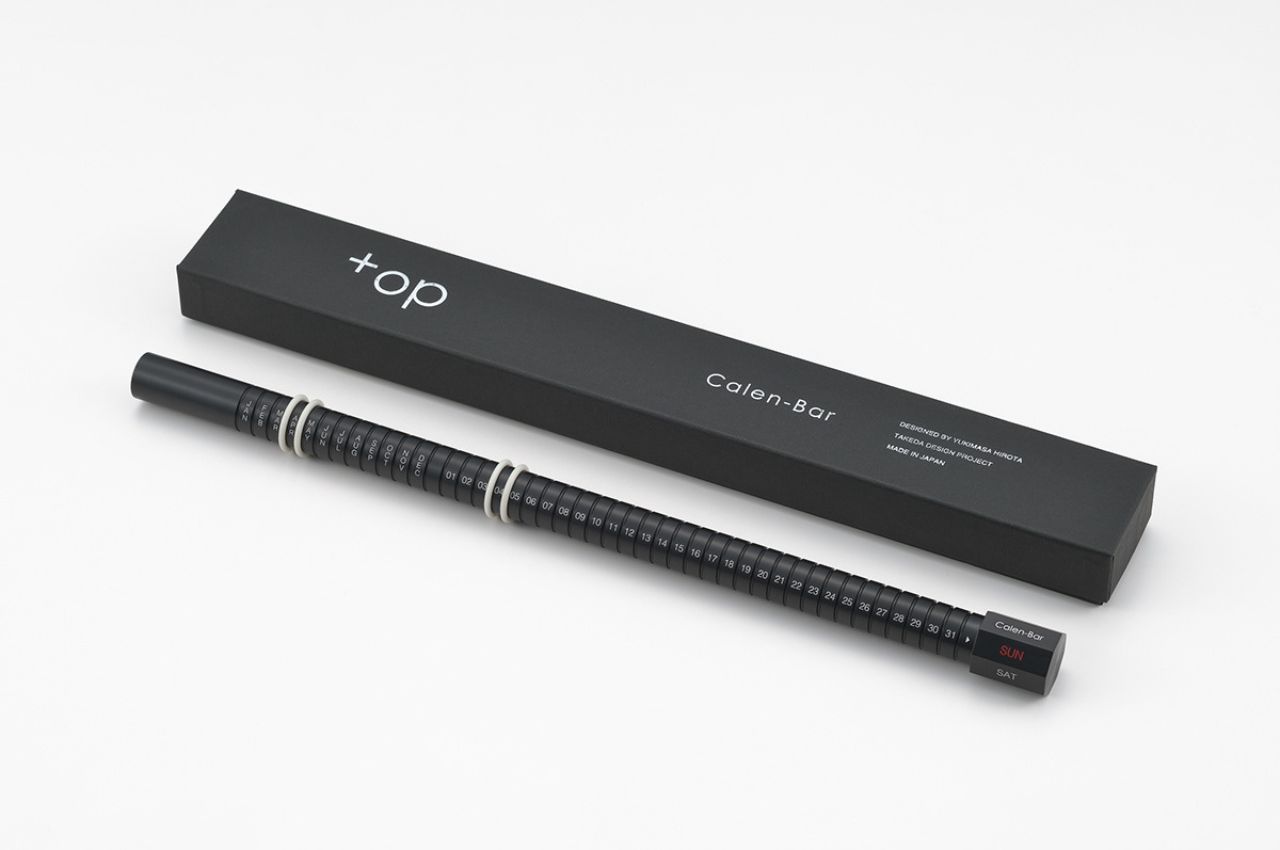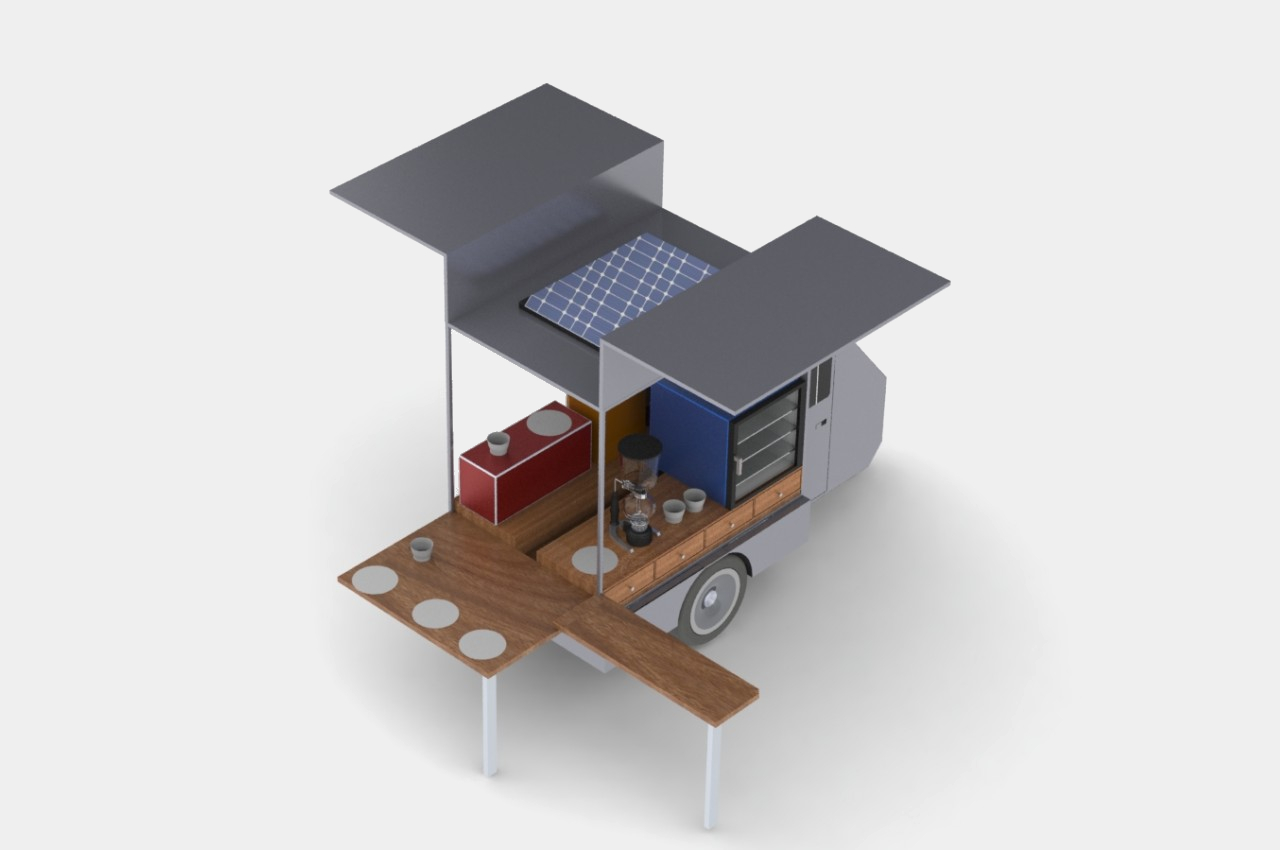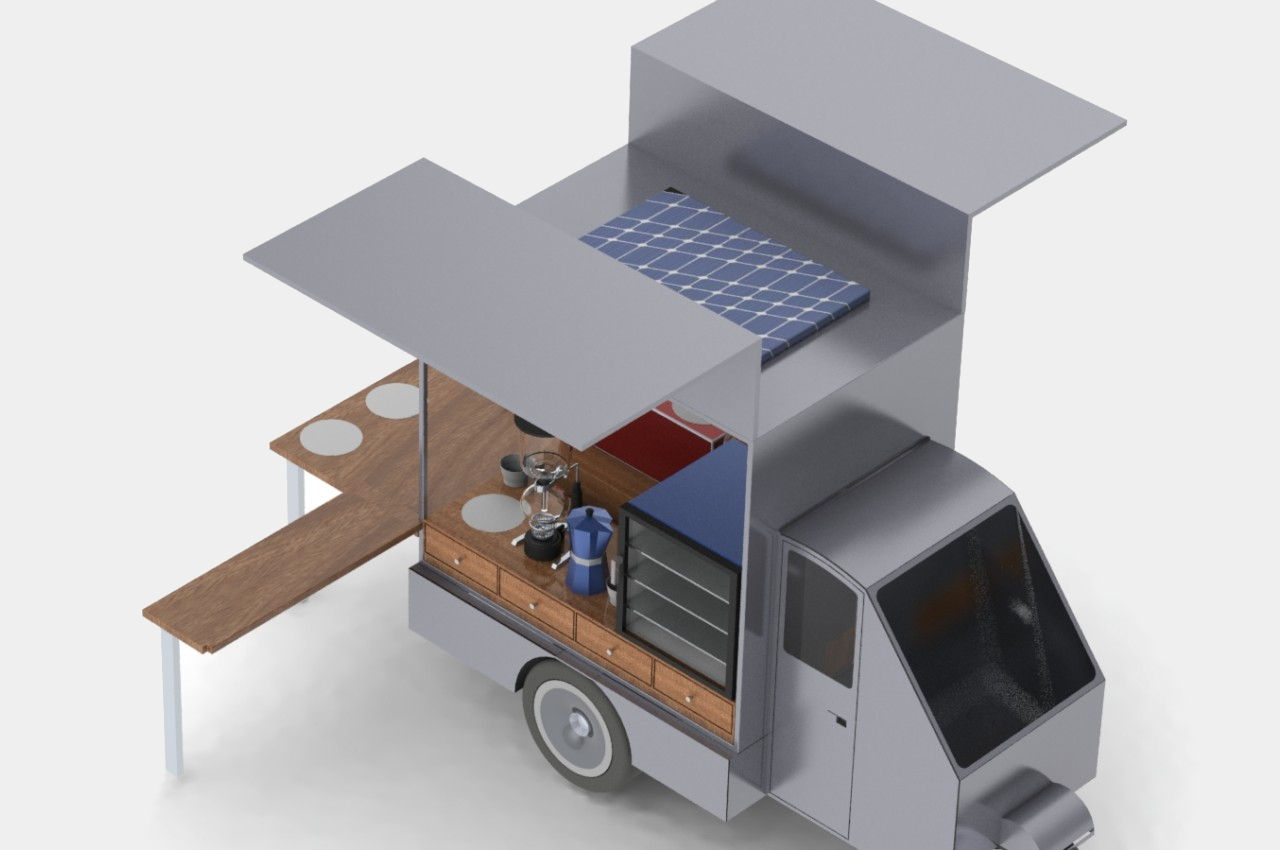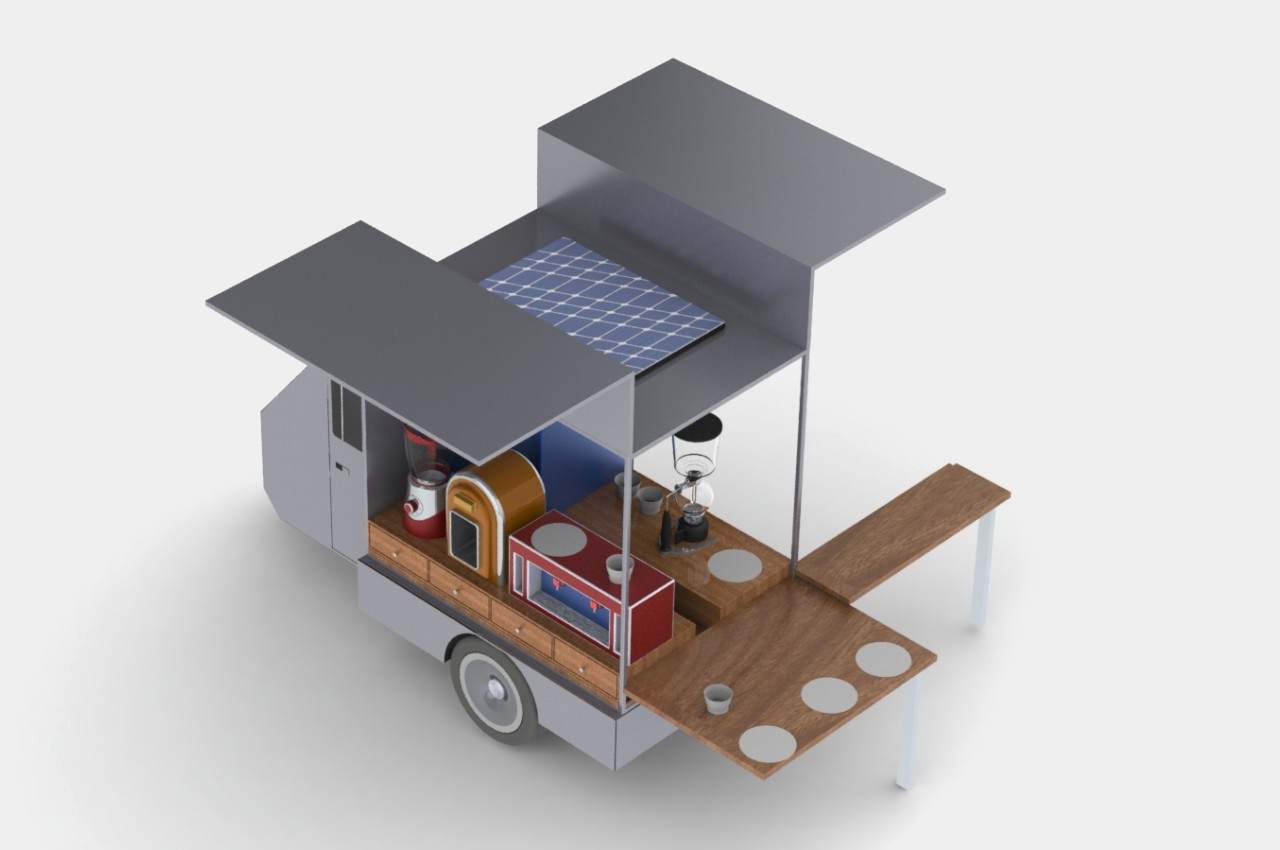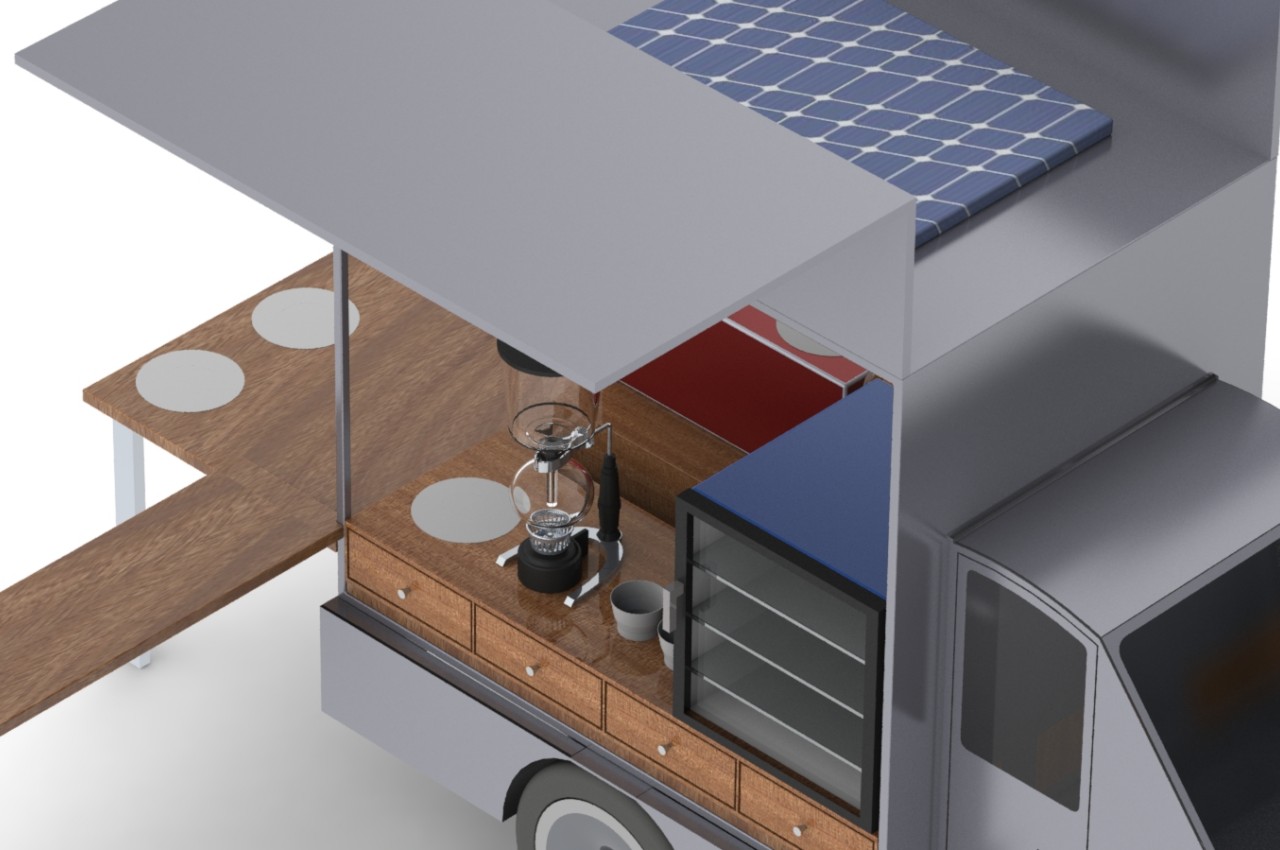
Technology has become ingrained in almost every aspect of our lives, especially the AI revolution that’s gripping all industries, including consumer electronics. While these technologies definitely allow us to enjoy modern comforts and conveniences, they also empower us to do more and create more by giving us the tools to shape this technology-centric world of ours. Documents, videos, images, 3D models, games, and virtual experiences don’t just pop out of thin air and someone has got to do the hard work of creating these digital artifacts. At CES 2024, Acer is revealing its latest fleet of laptops that showcase the latest tech innovations while also pushing for a more conscientious approach to creating the tools that we’ll be using to build a better tomorrow.
Designer: Acer
Acer Swift Go – AI in a Sleek Design

As the name implies, the Acer Swift line has always valued portability through thin and light bodies that allow people to take their work or entertainment wherever they go. Thanks to advancements in this space, that slim design no longer means having limited power. The new Acer Swift Go 14 and 16 are the embodiment of this duality, powered by the latest powerful Intel Core Ultra processors while still being certified with the Intel Evo mark that guarantees its lightweight and compact design.


Everything about the Acer Swift Go screams premium power in a svelte style. The thin, light, and sleek aluminum chassis gives the laptop an elegant flair while offering plenty of flexibility for productivity, like how it can open up to 180 degrees for maximum collaboration. The OceanGlass touchpad feels just as smooth as it looks, and the Acer Swift Go 14 even offers the option to add multi-control lighting so you can directly control media playback by tapping the highlighted icons.

Unsurprisingly, AI plays a critical role in this latest generation of Acer’s lightweight laptop family, particularly via the Acer PurifiedView AI-boosted conferencing features such as Background Blur, Automatic Framing, and Eye Contact. There’s also Acer PurifiedVoice 2.0 that utilizes AI to reduce background noise and ensure crisp and clear voices in every meeting. And to really drive home the AI message, these two are one of the first to have a dedicated Windows Copilot key that enables AI-powered optimizations.


Acer is also announcing the Swift X 14, a similarly AI-empowered laptop that’s designed with the needs of students, designers, and creators in mind. The latest NVIDIA GeForce RTX 40 laptop graphics and a Calman-verified 2.8K OLED screen work together to deliver the power and fidelity that these users need in crafting the content that will fill digital worlds today and tomorrow.


Availability
- Acer Swift Go 16 – March in North America, starting at $799.99
- Acer Swift Go 14 – March in North America, starting at $749.99
- Acer Swift X 14 – February in North America, starting at $1,399.99
Acer Aspire Vero 16 – Technology with a Heart

While the proliferation of laptops does mean that more people can have access to these powerful tools, it also means that the use of plastics, production of material waste, and e-waste output are also on the rise. Fortunately, the world’s biggest PC makers have taken note and are making huge strides in rectifying the situation. Acer’s Vero line of laptops has been carrying the sustainability torch since 2021, and the new Aspire Vero 16 brings its most powerful carbon-neutral AI PC yet.
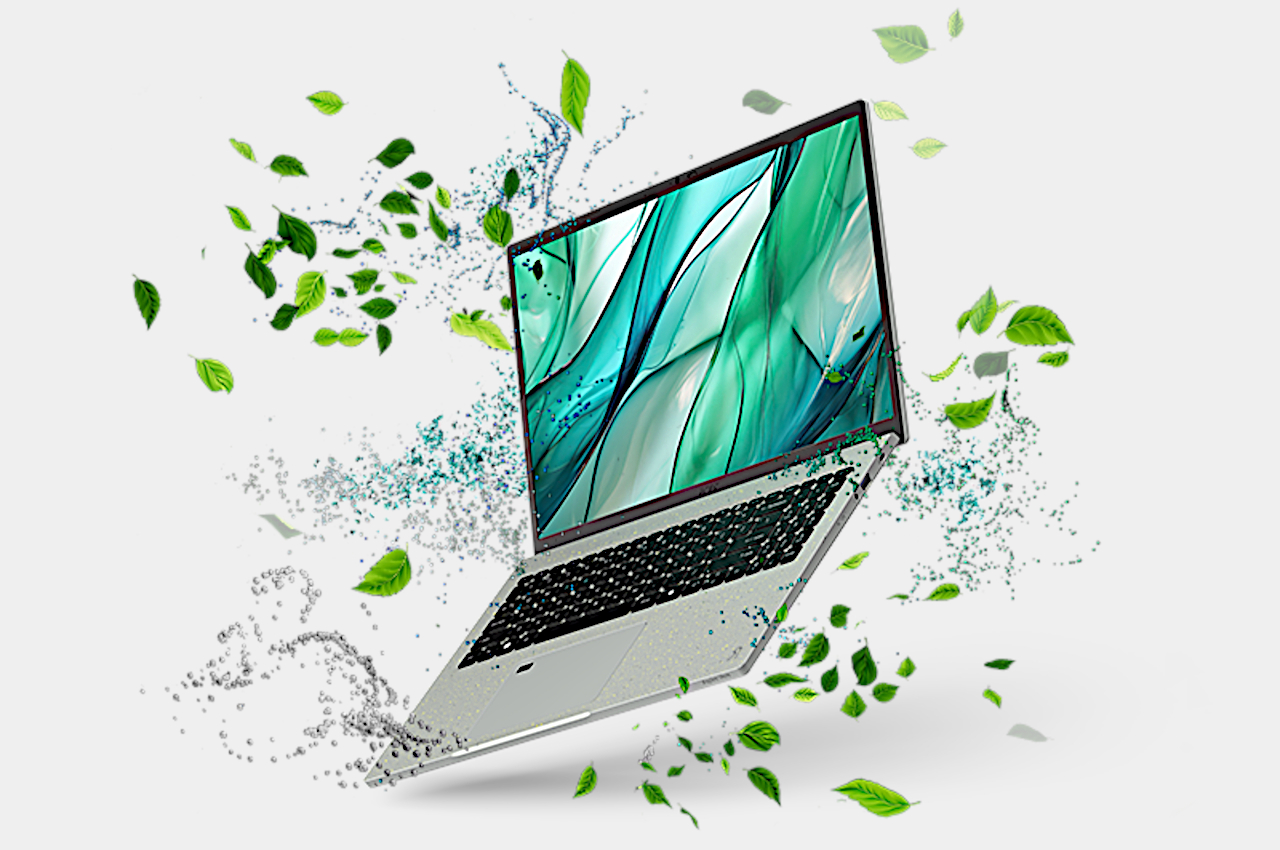
The eco-chic design isn’t just for show and boasts a chassis made with 60% PCR (Post-Consumer Recyled) materials that significantly reduce its carbon dioxide emissions during production. The smoothened surface is finished with a distinctive Cobblestone gray that uses no volatile organic compounds (VOCs), paint, or additives. Inside, the Acer Aspire Vero 16 uses an OceanGlass trackpad made from recycled ocean-bound plastic, while the entire product is shipped in 100% recycled packaging. The laptop’s stylish body and tactile finish shatter misconceptions of what recycled materials or products would look like, offering a sustainable computer that looks great and works great as well.
The Aspire Vero 16’s power comes from the latest Intel Intel Core Ultra 7 processor whose performance is, of course, optimized with Windows Copilot. The laptop is also equipped with AI-enhanced productivity features, particularly those revolving around improving the video conferencing experience. It delivers enough power to meet user’s everyday computing needs while also helping to protect the planet that we live in.
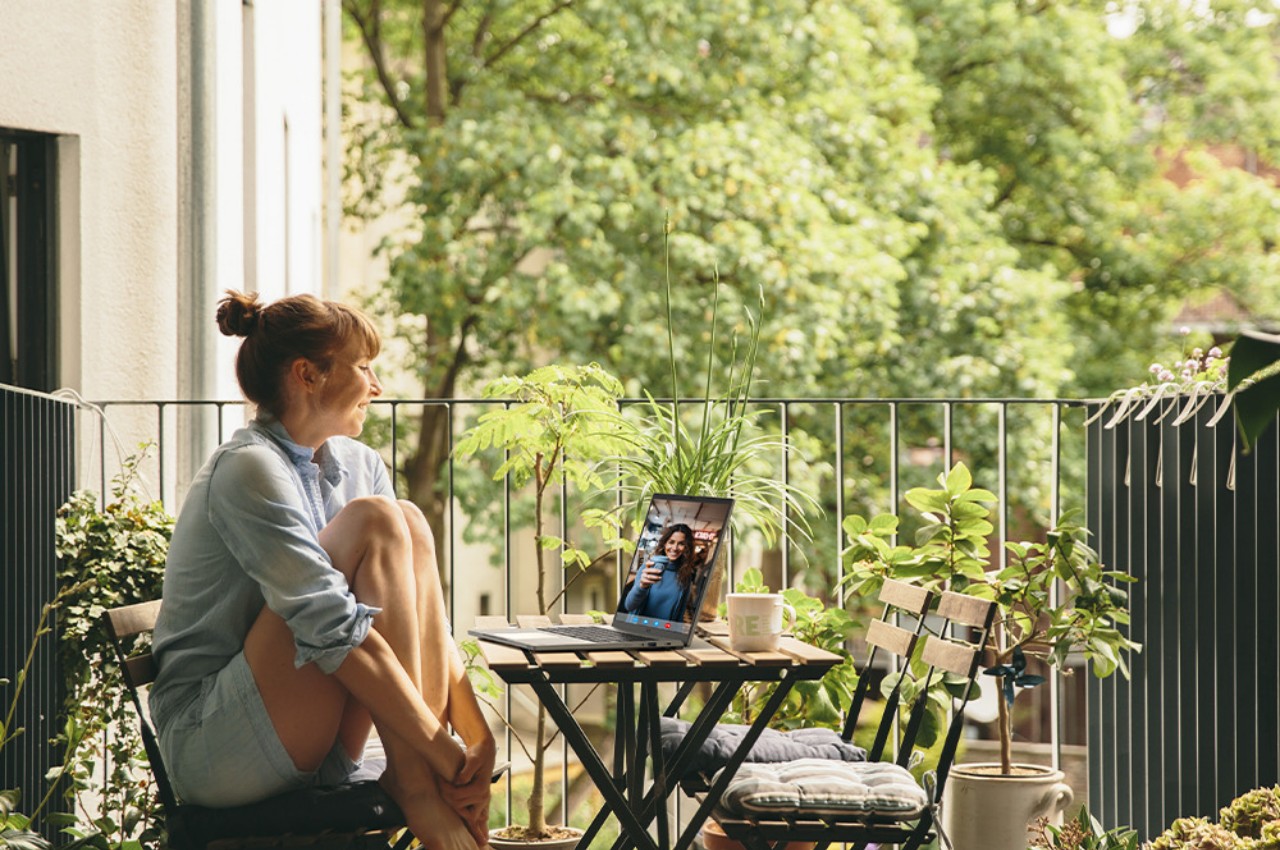
Those looking for more budget-friendly options can look to the Acer Aspire Go 15 and Aspire Go 14. With an Intel Core i3 N-series processor and an AMD Ryzen 7000 option for the Aspire Go 14, these large laptops offer the basics while keeping the price point down to make it accessible to more people. Despite those factors, these two are still equipped with Windows Copilot and a variety of AI-powered features, allowing users to enjoy greater usability and assistance with a single click of a button.
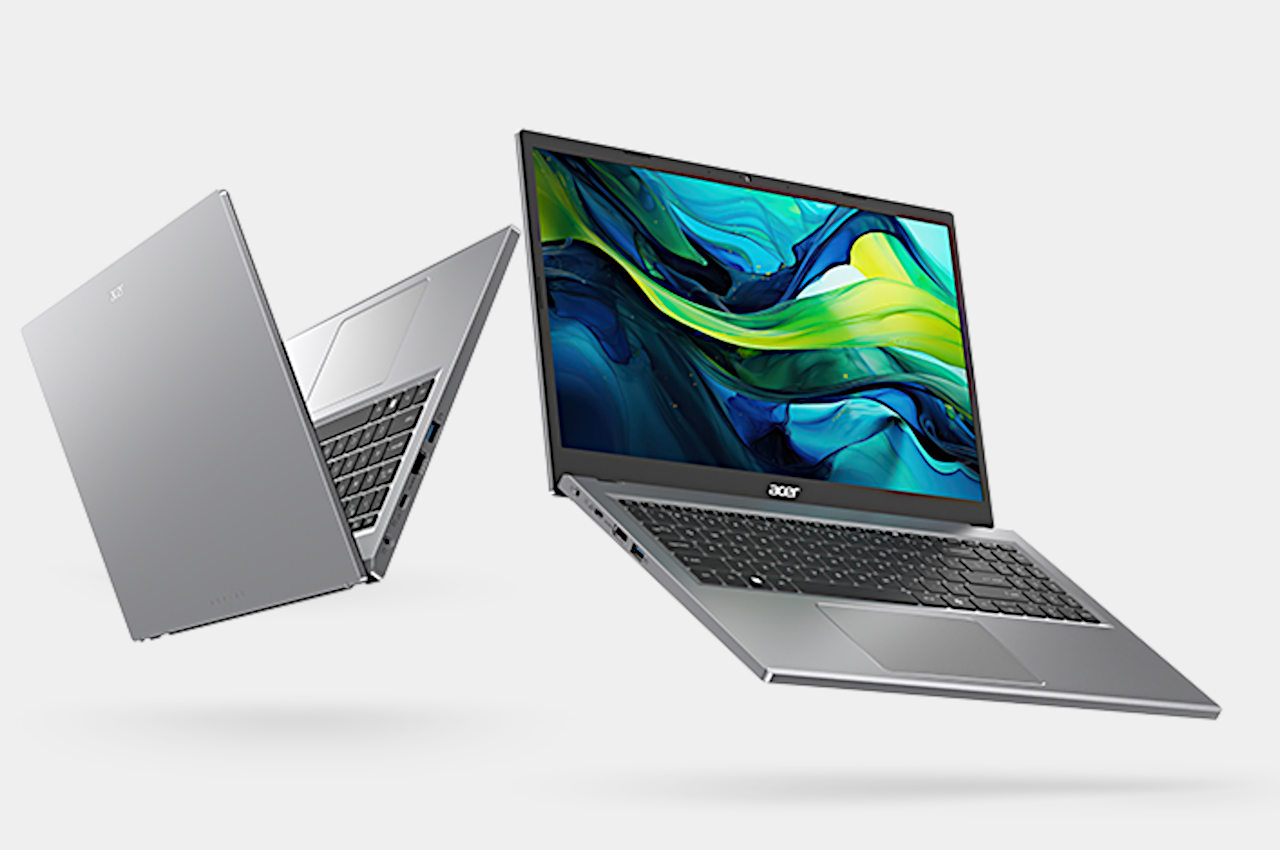
Availability
- Acer Aspire Vero 16 – April in North America, starting at $749.99
- Acer Aspire Go 15 – February in North America, starting at $249.99
- Acer Aspire Go 14 – March in North America, starting at $249.99 (Intel) and $379.99 (AMD)
The post Acer Aspire and Swift laptops at CES 2024 double down on AI and sustainability first appeared on Yanko Design.
